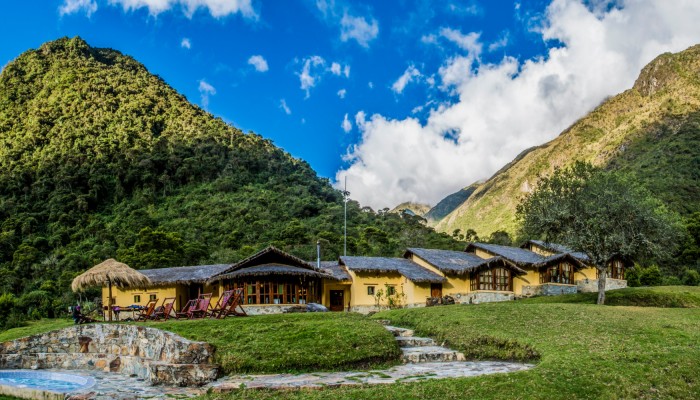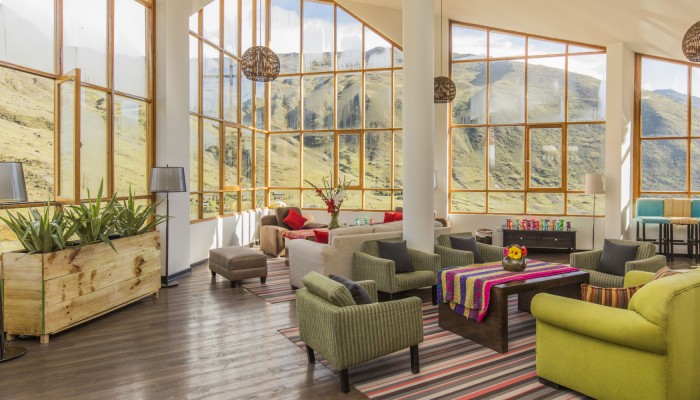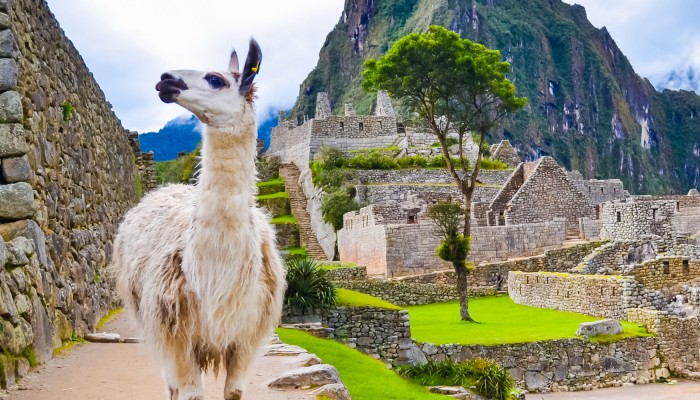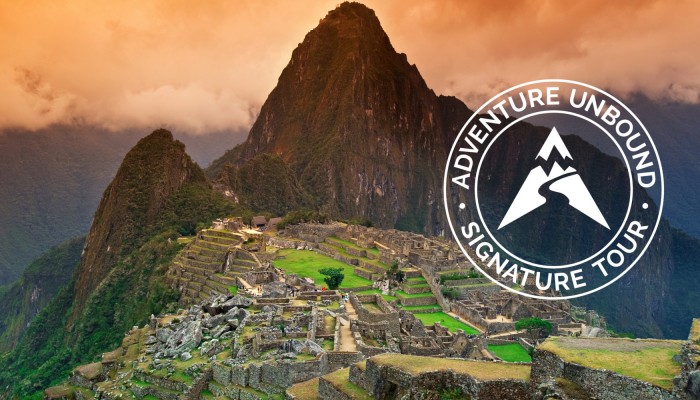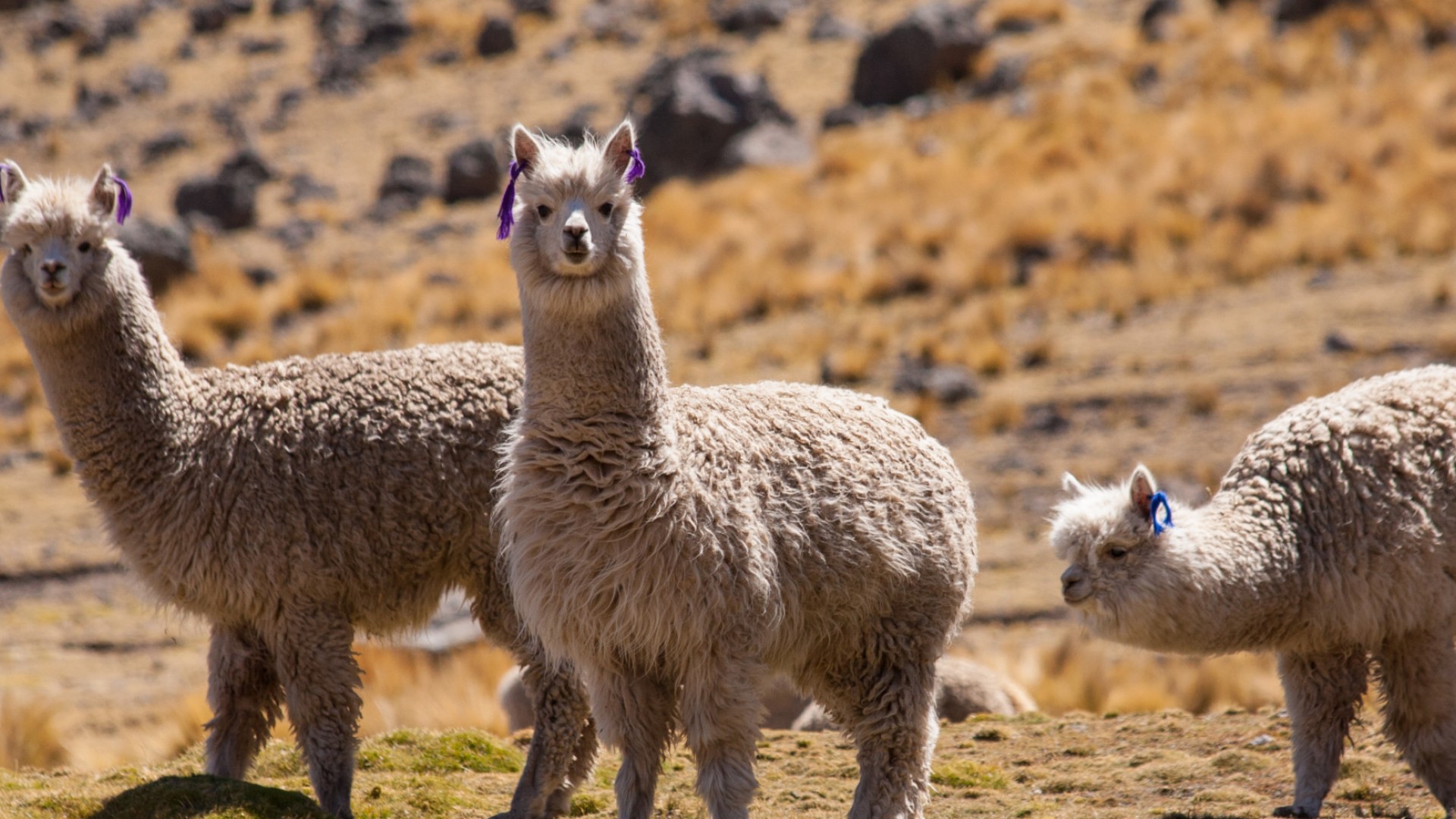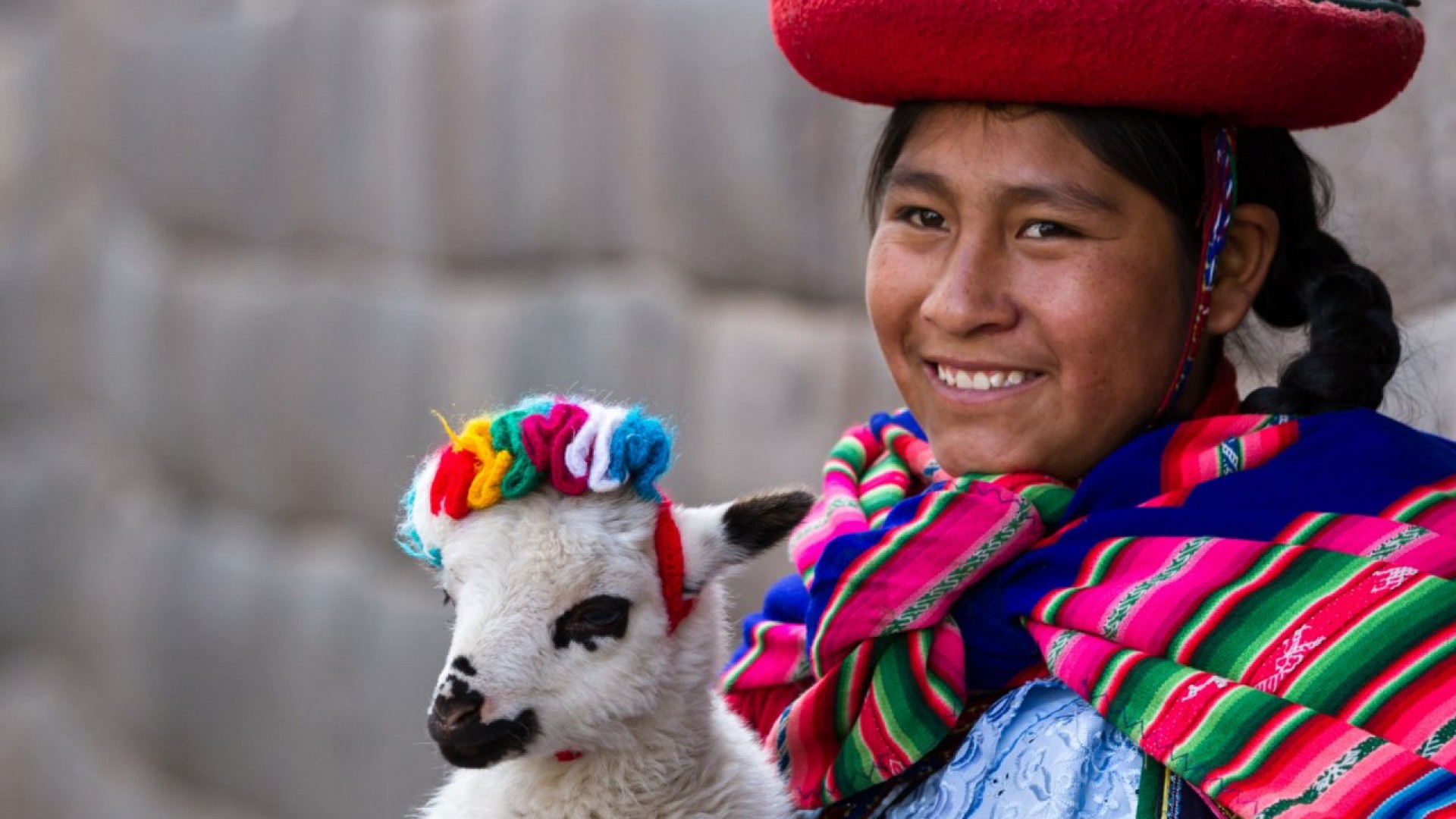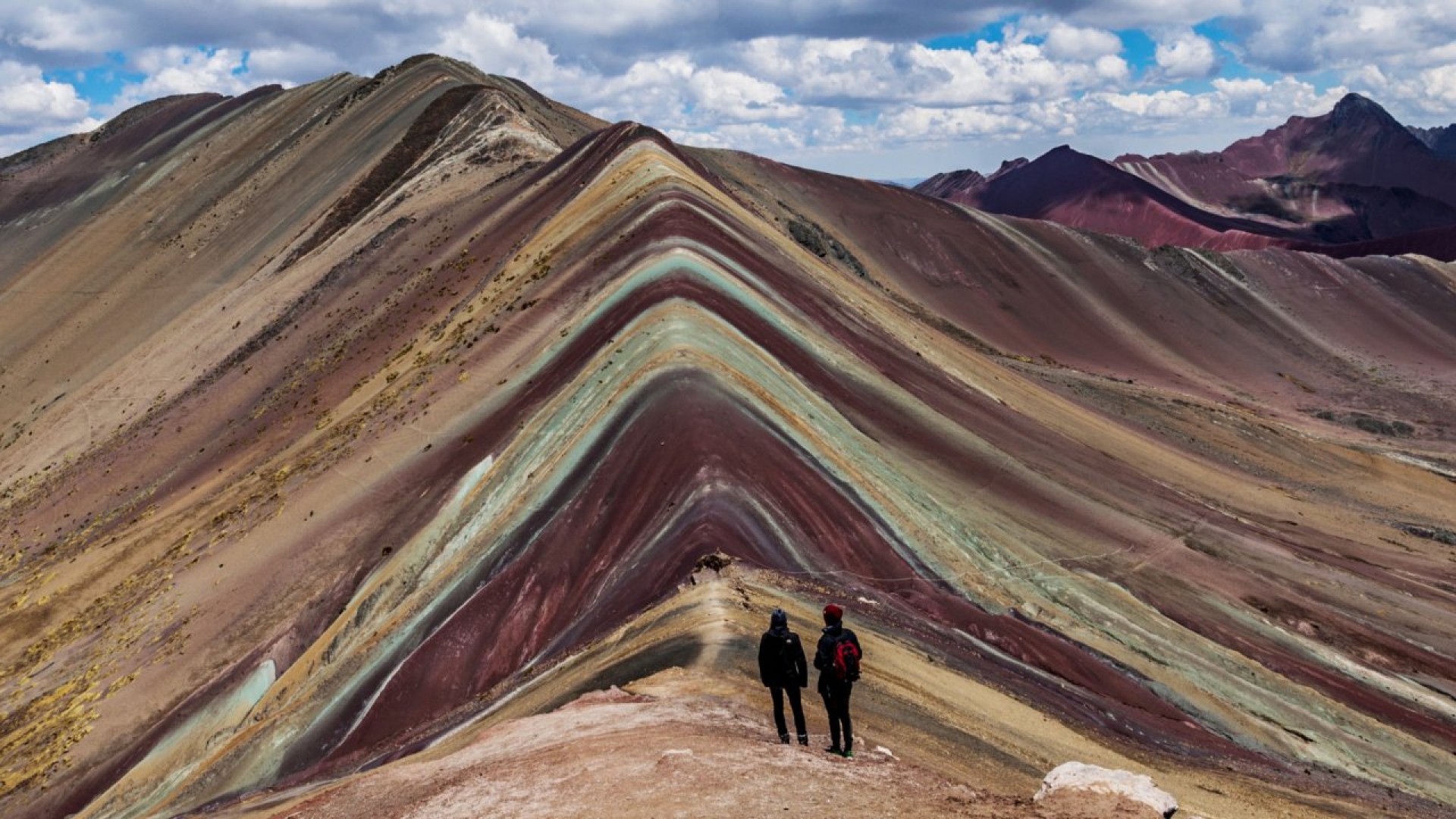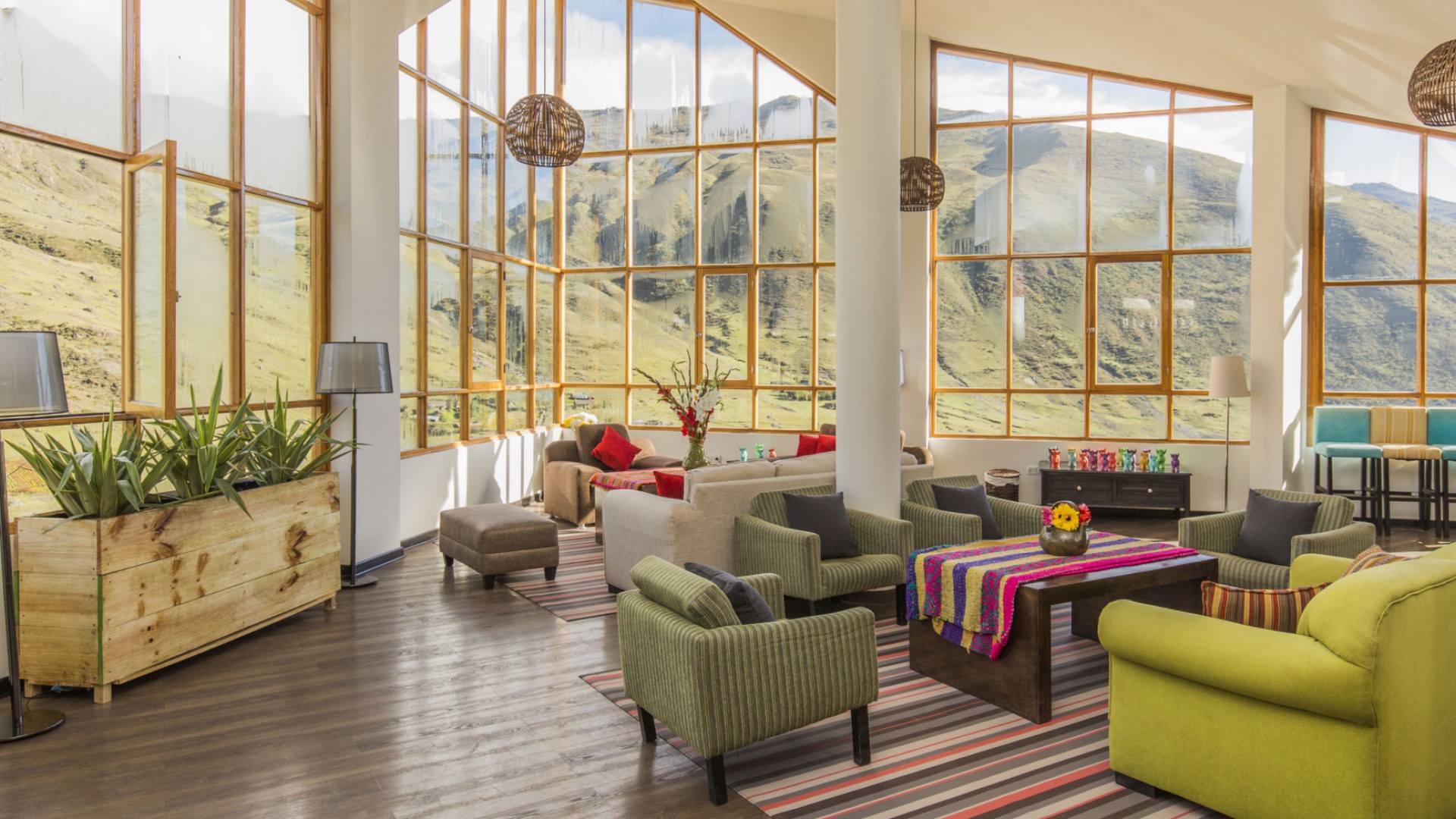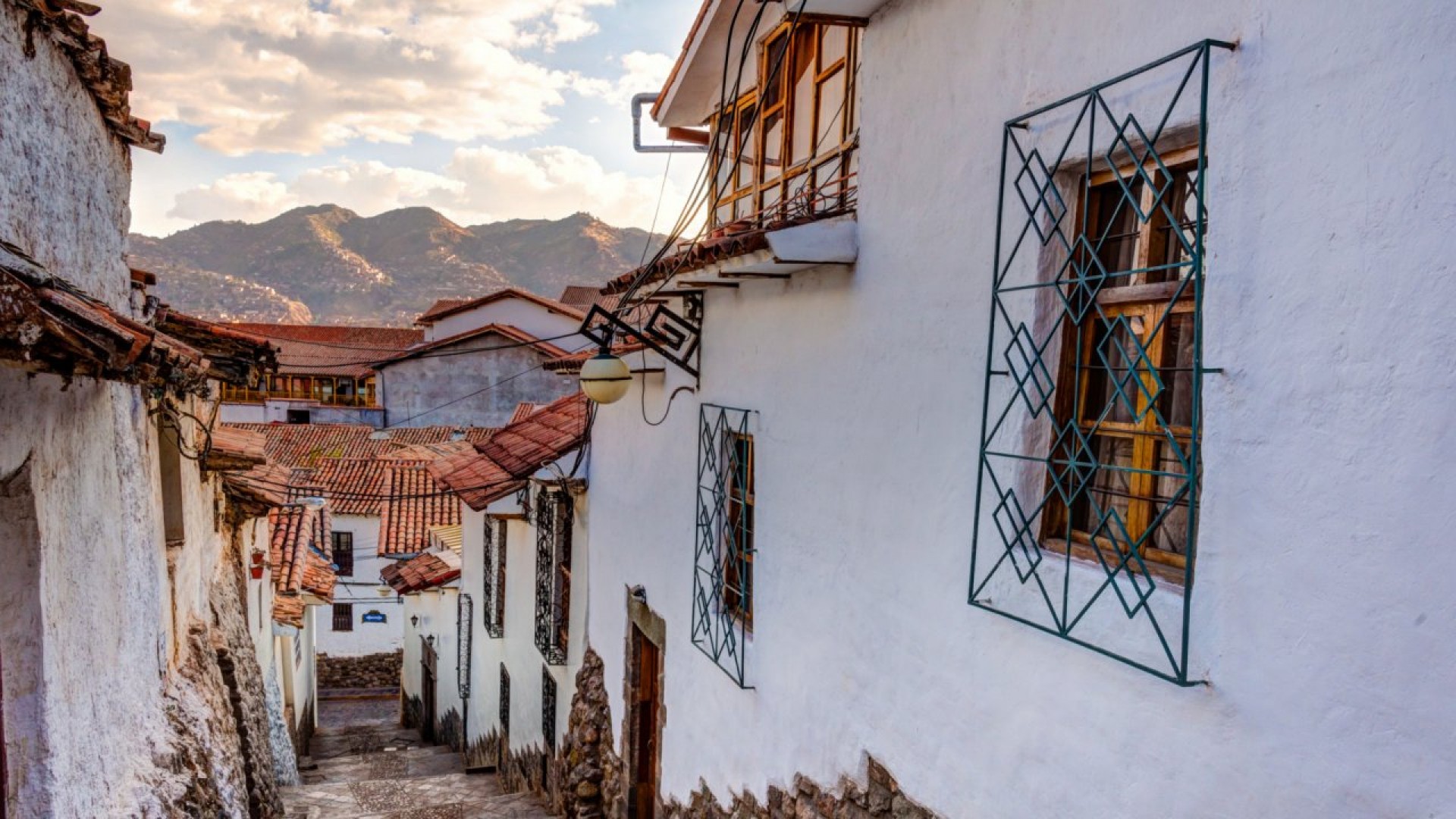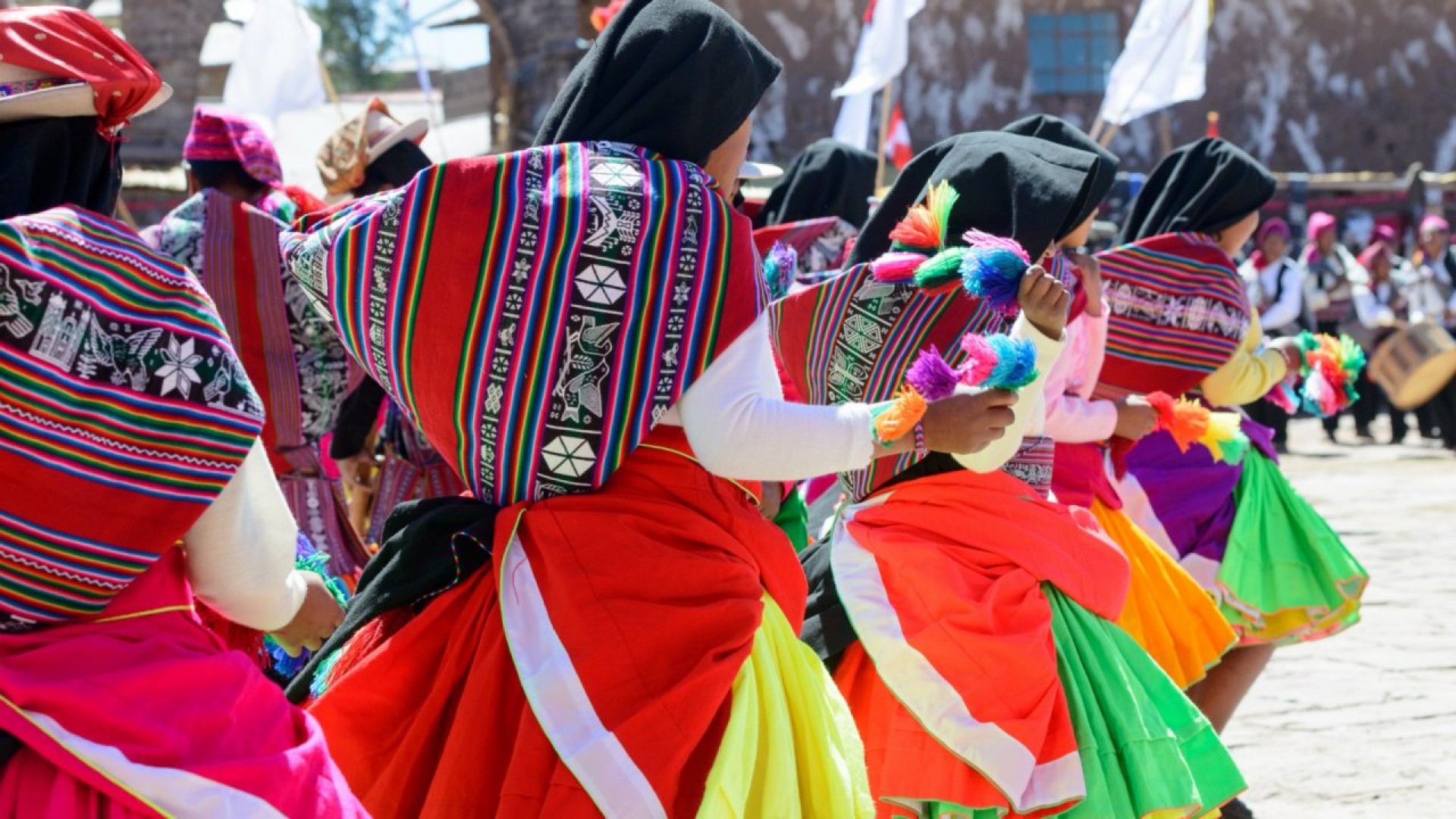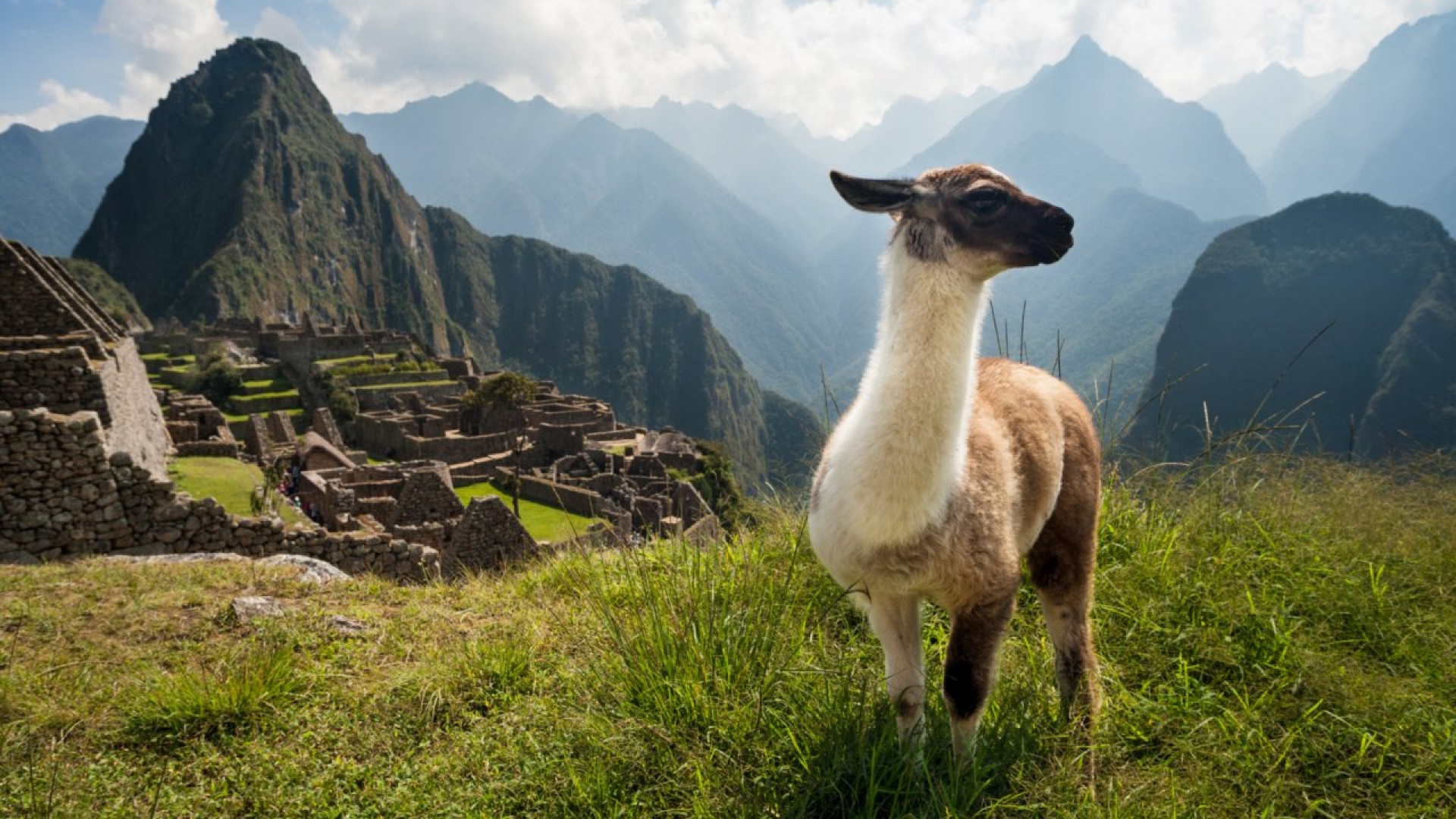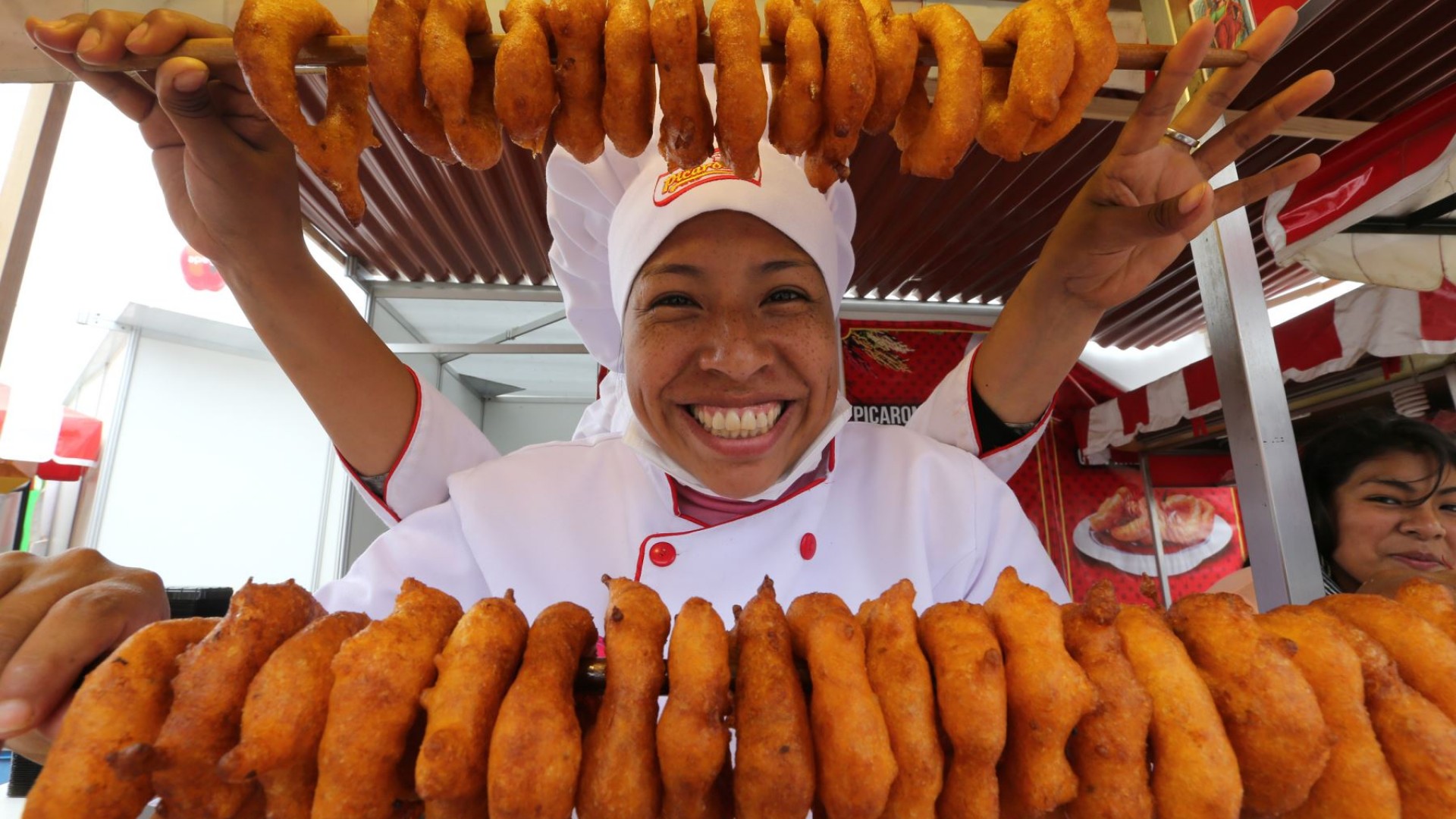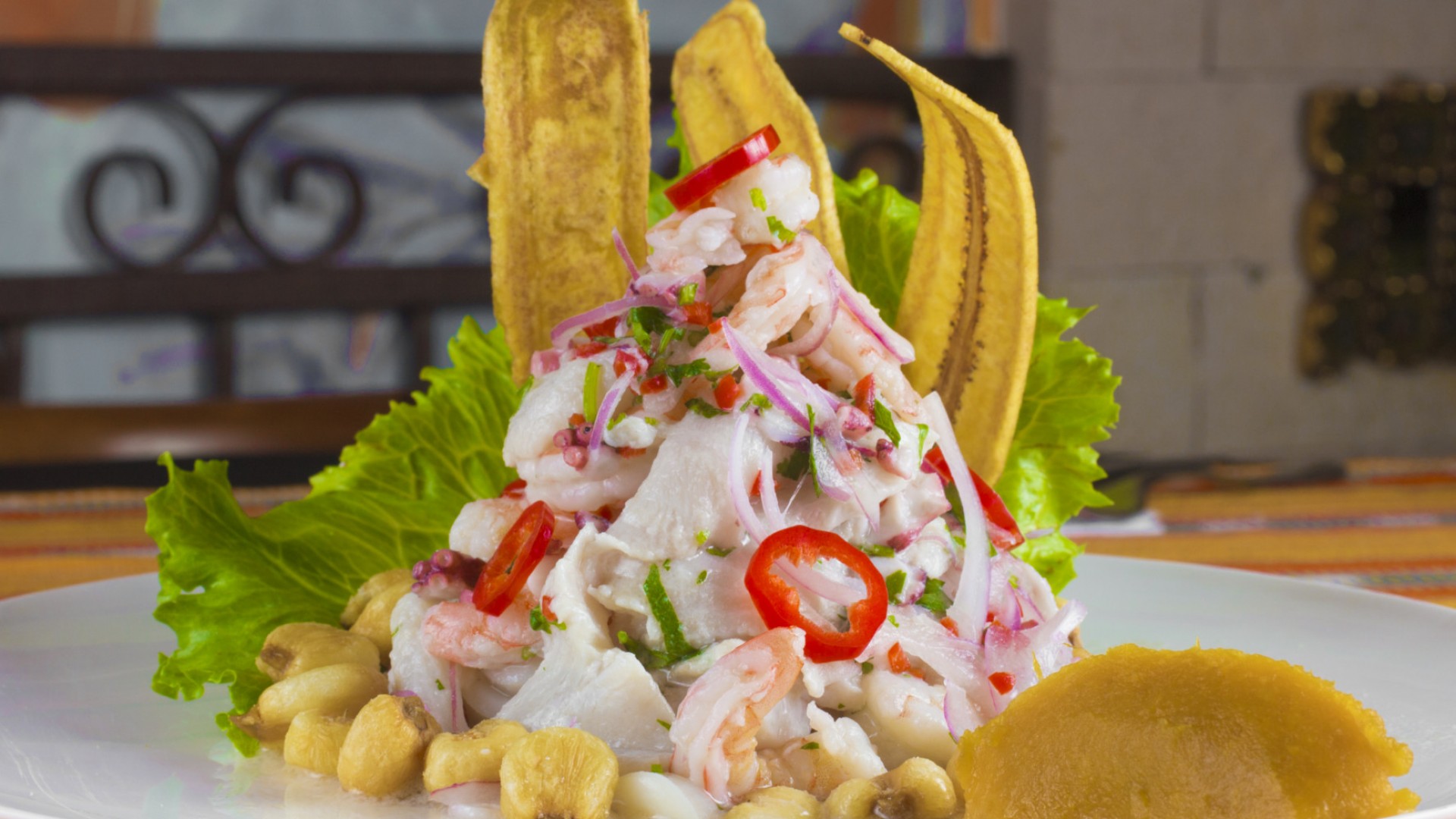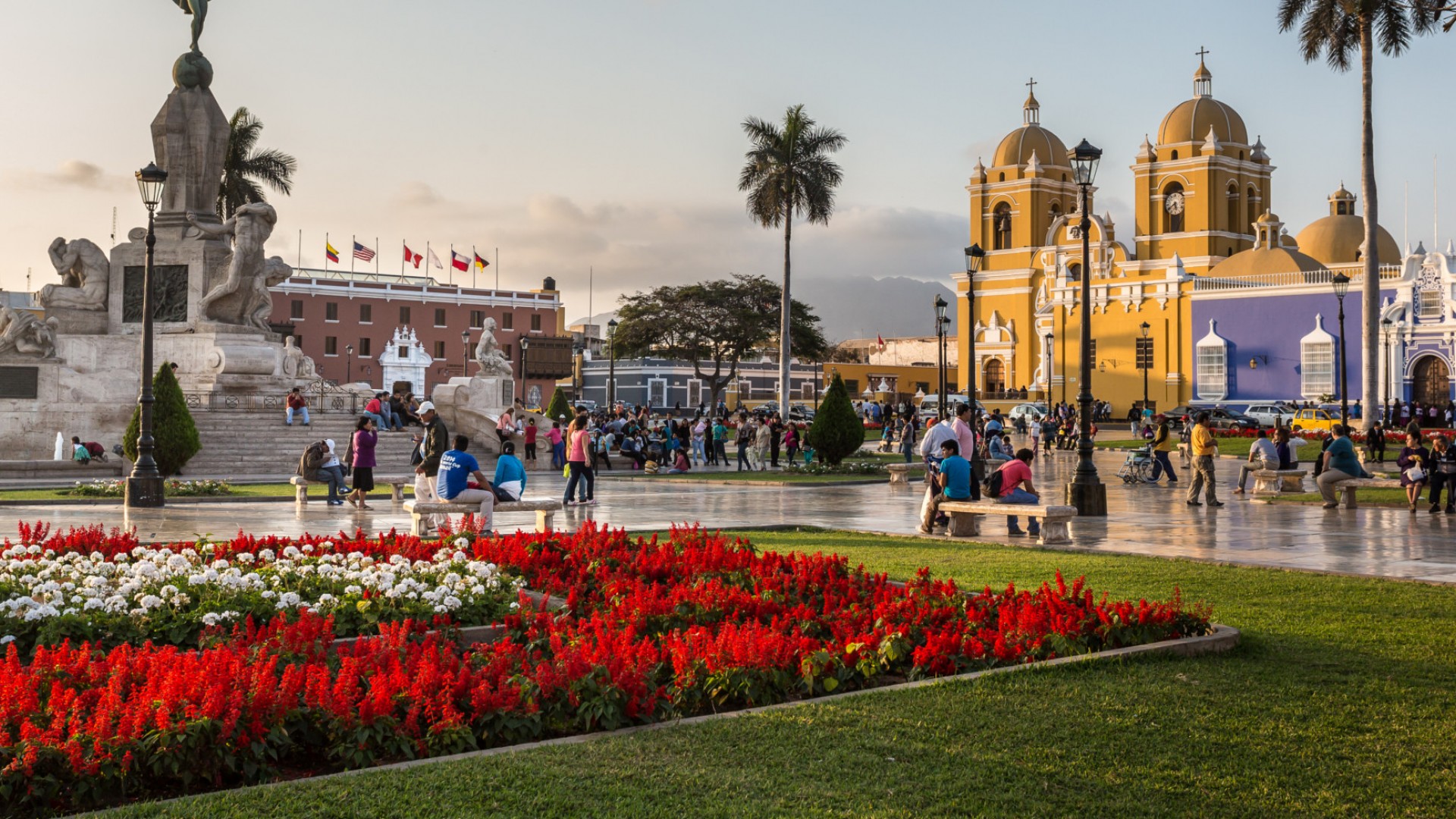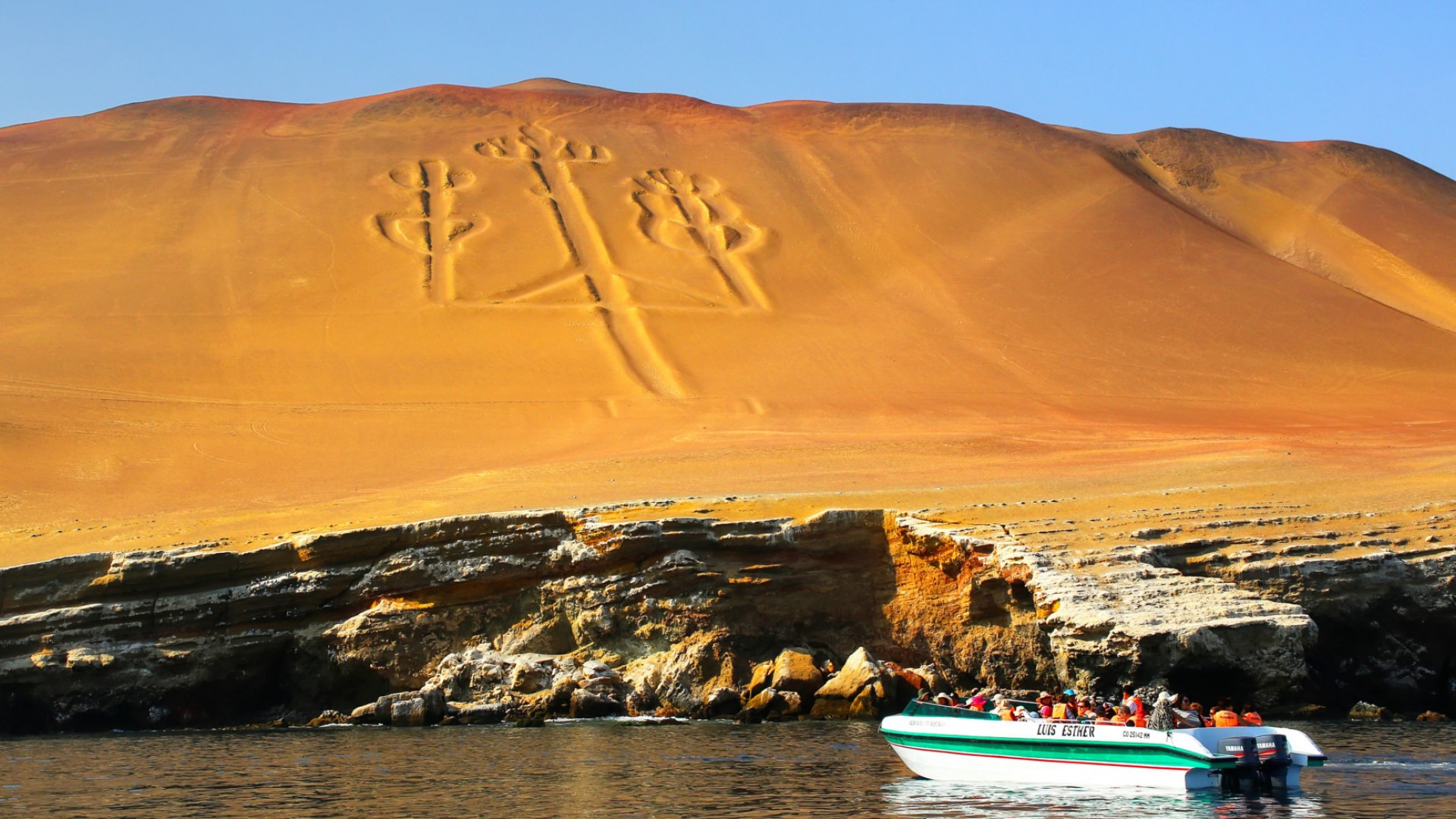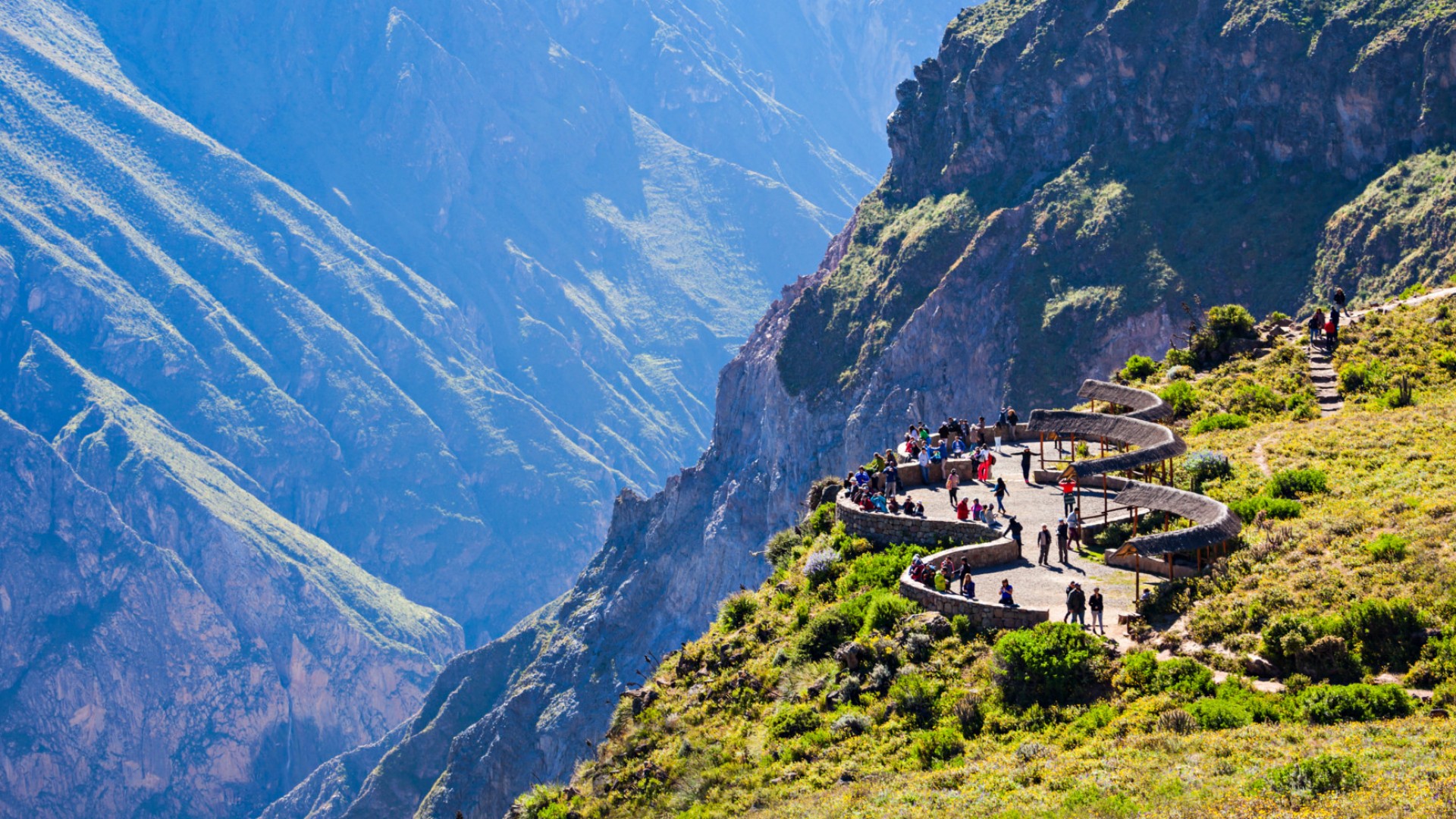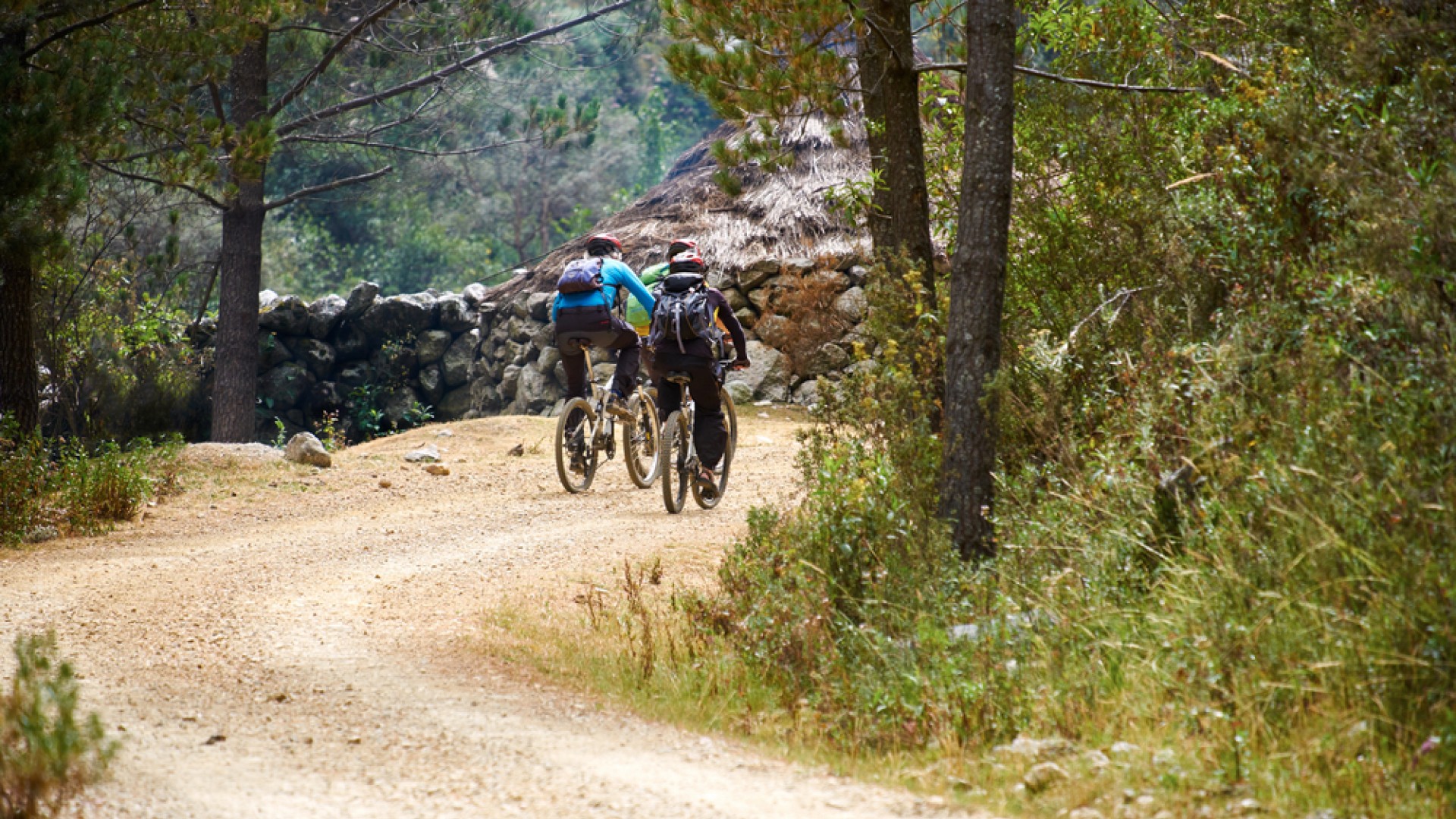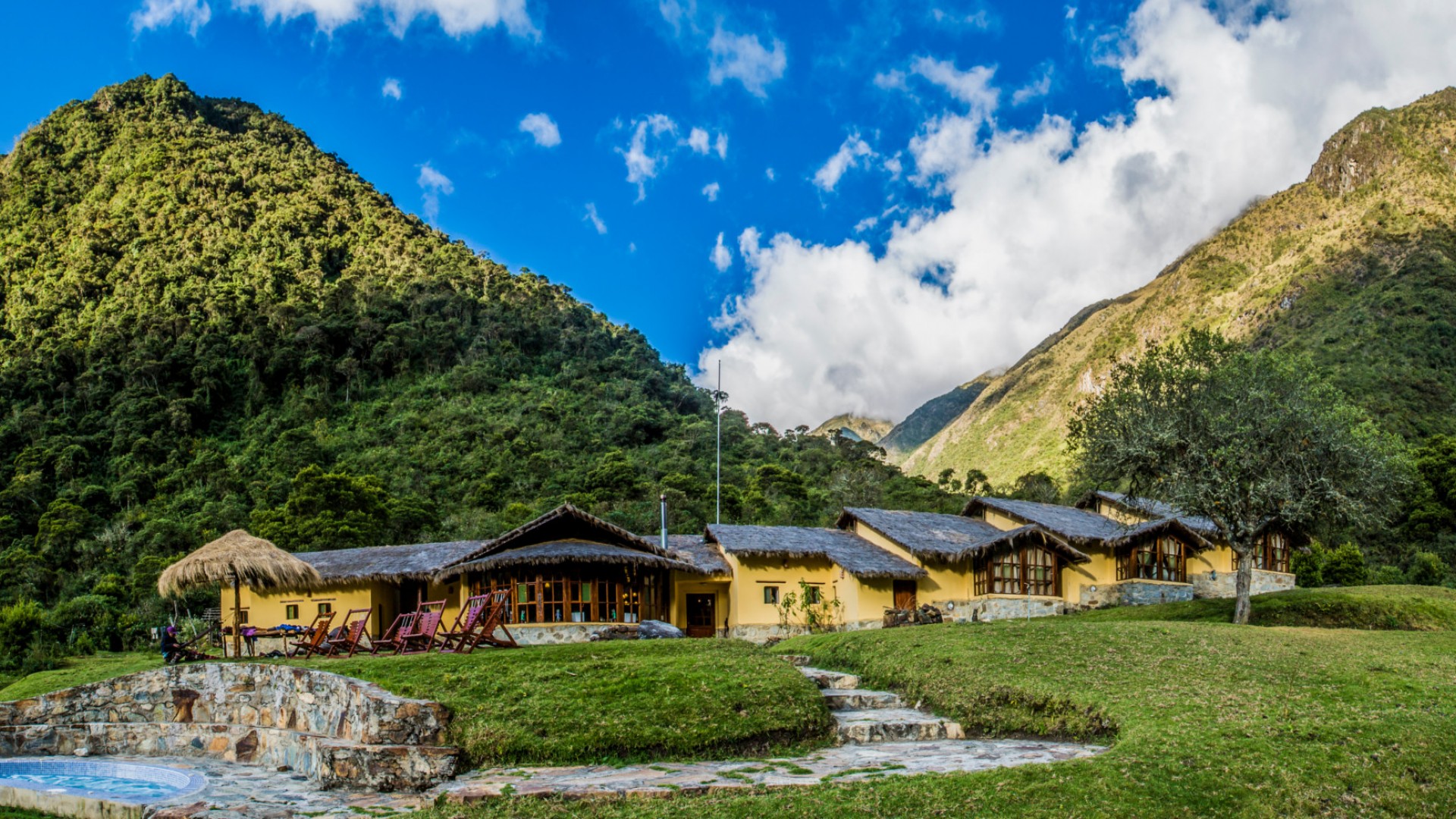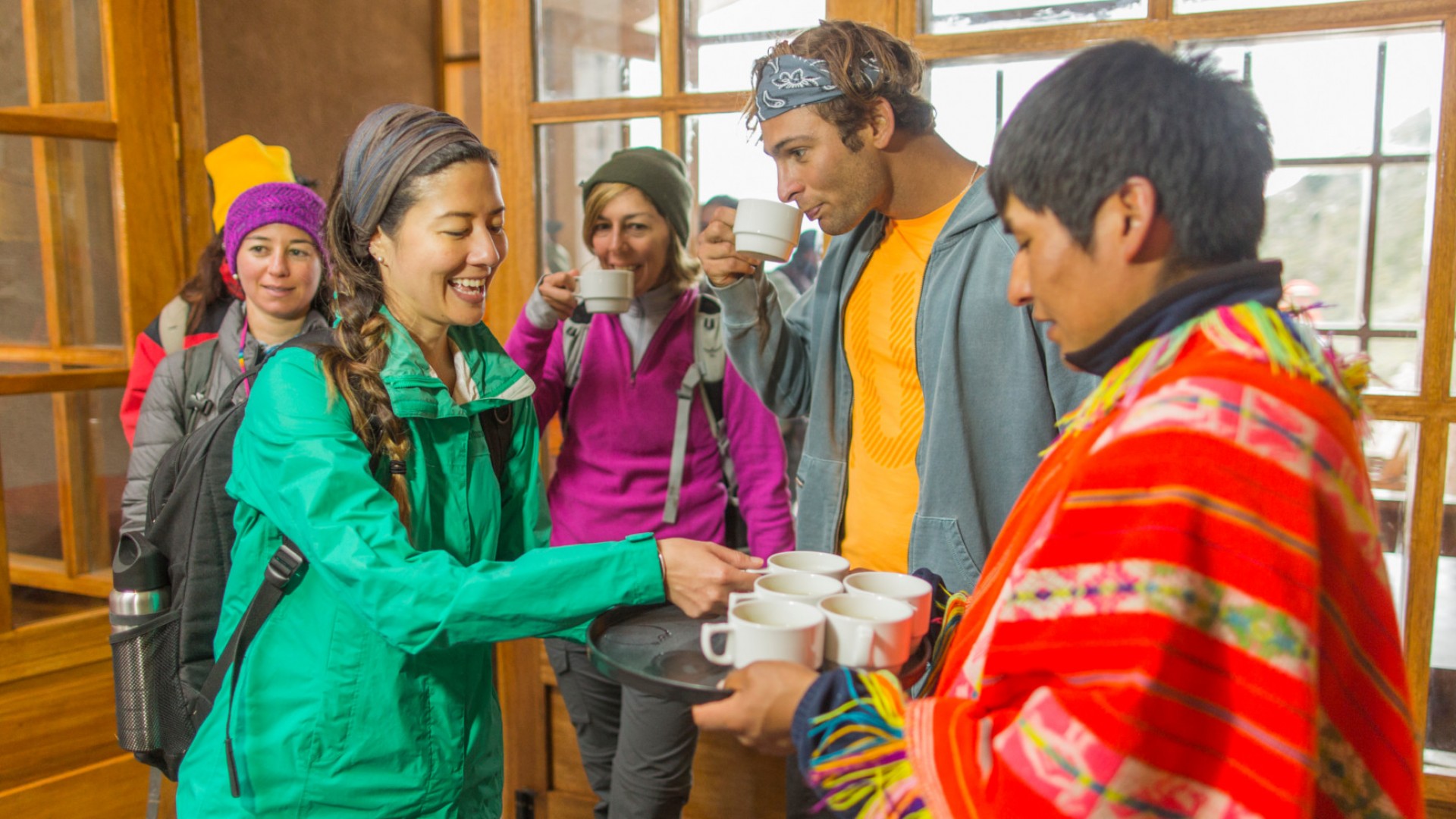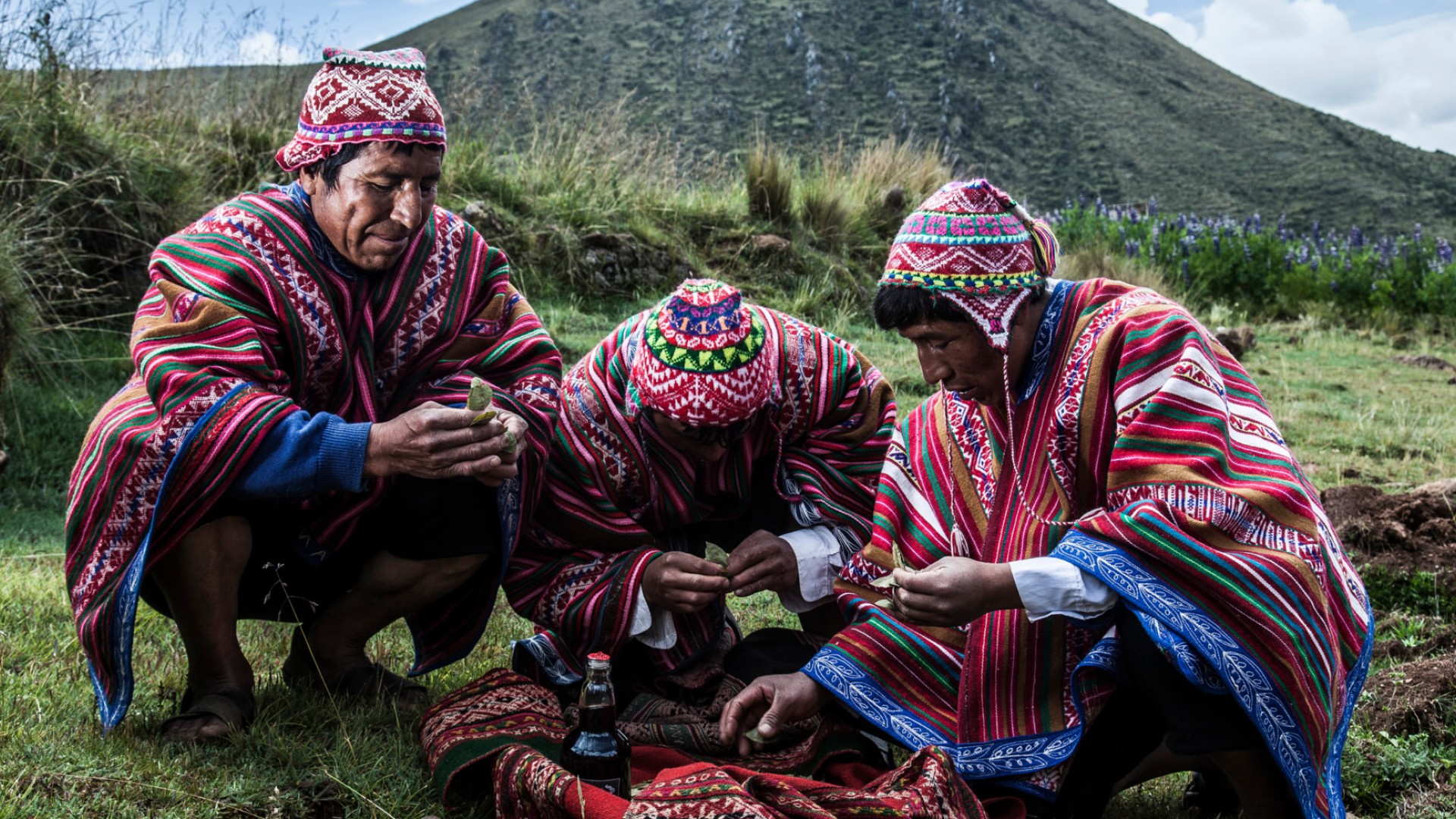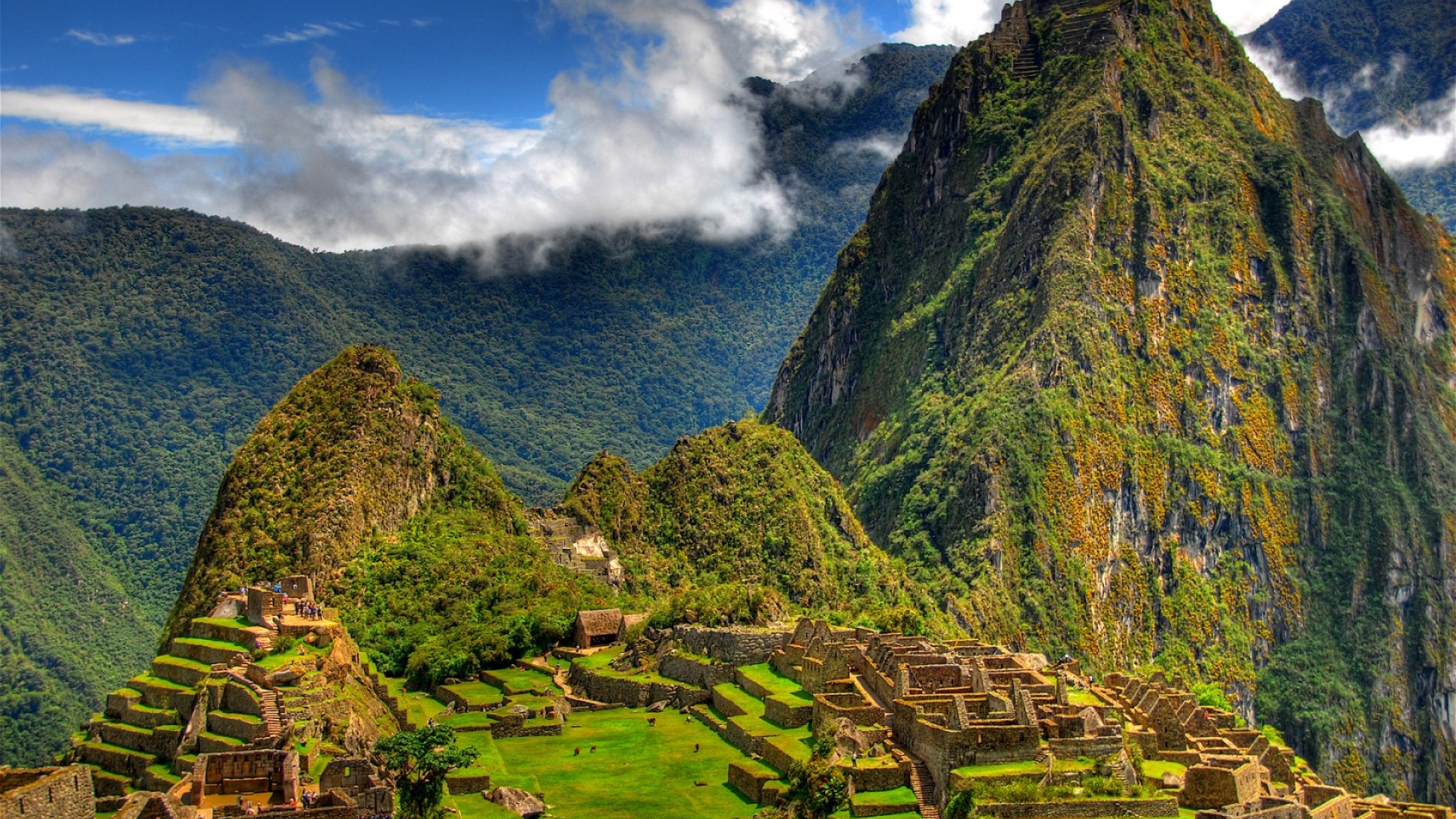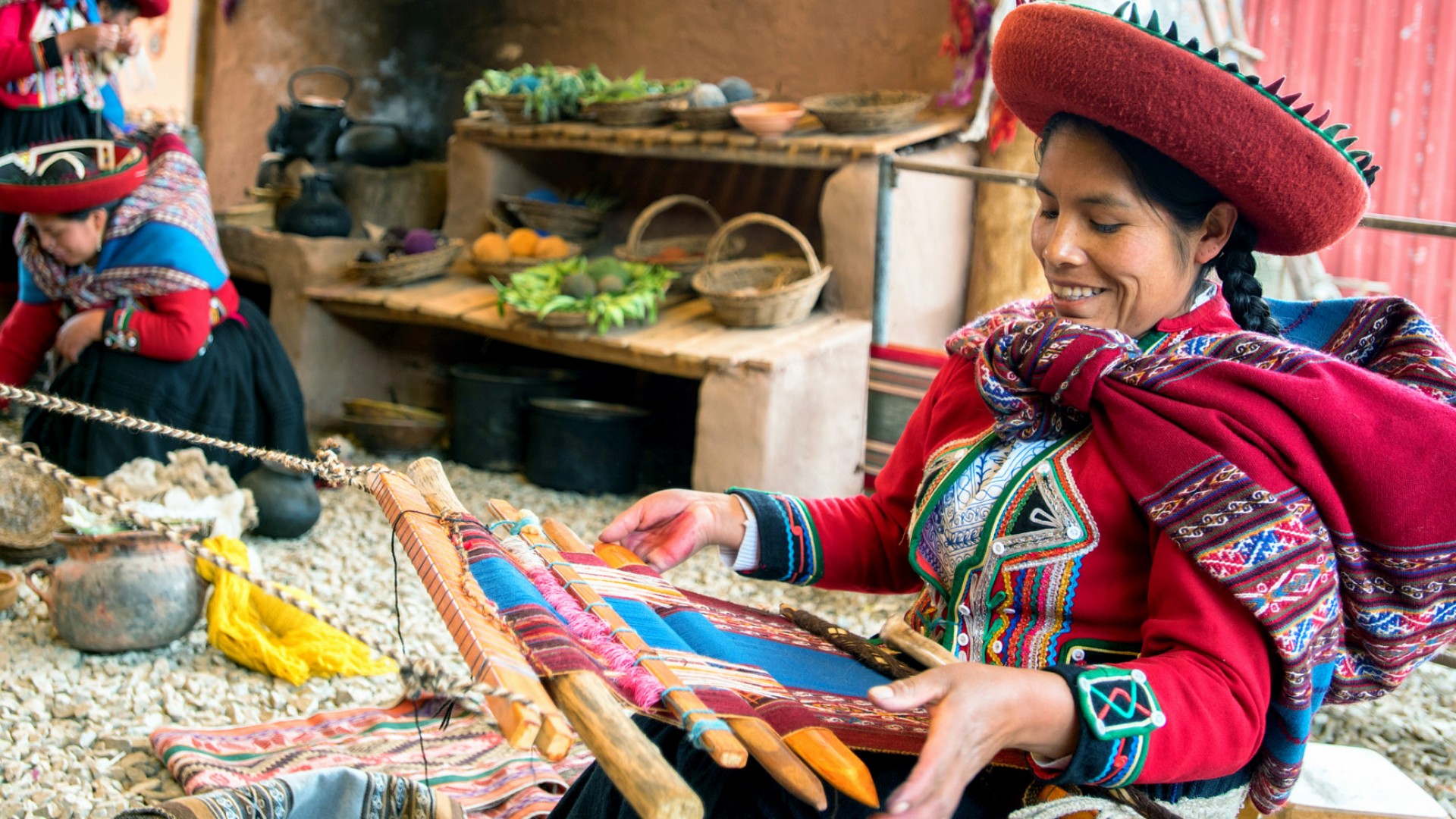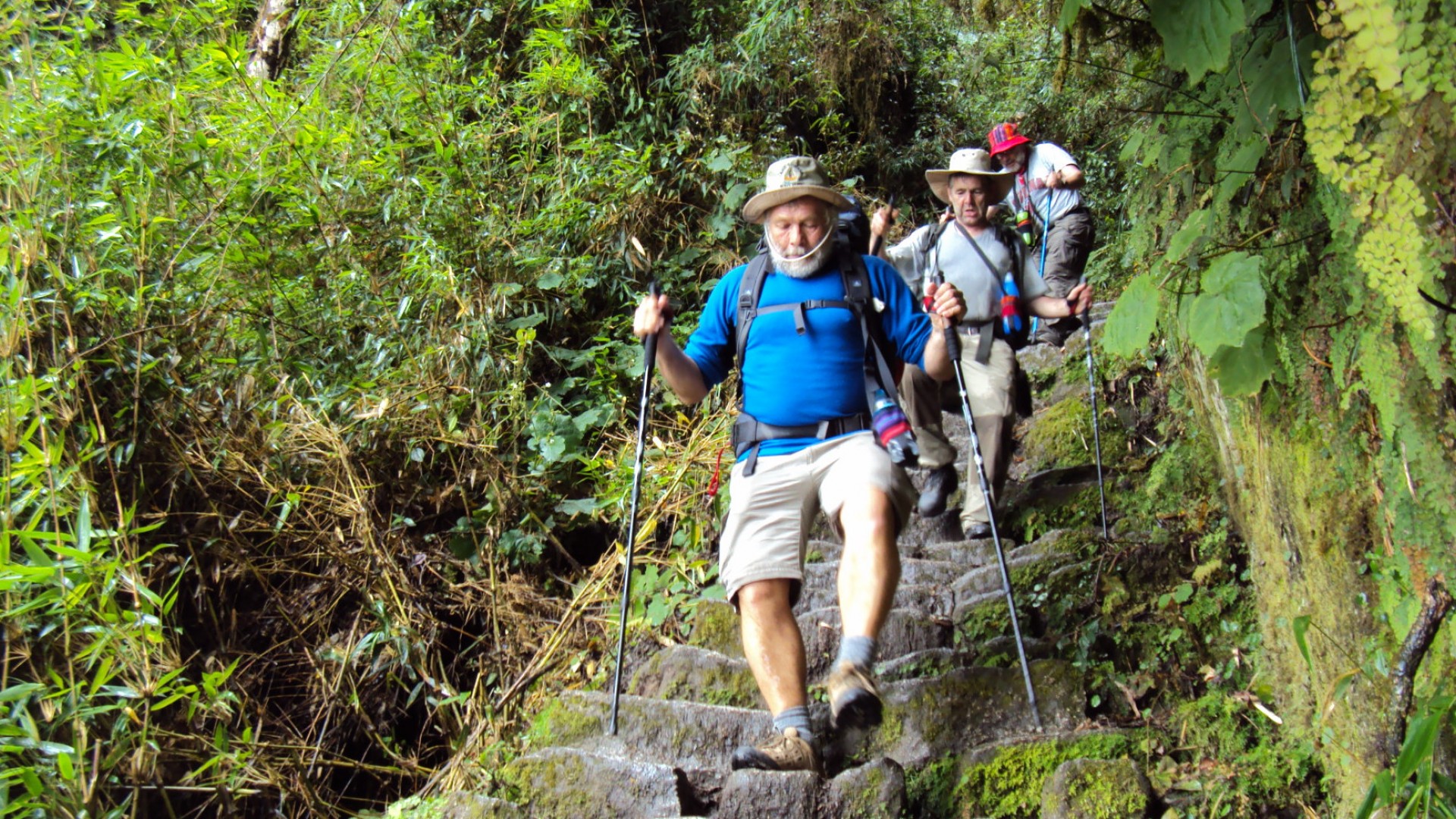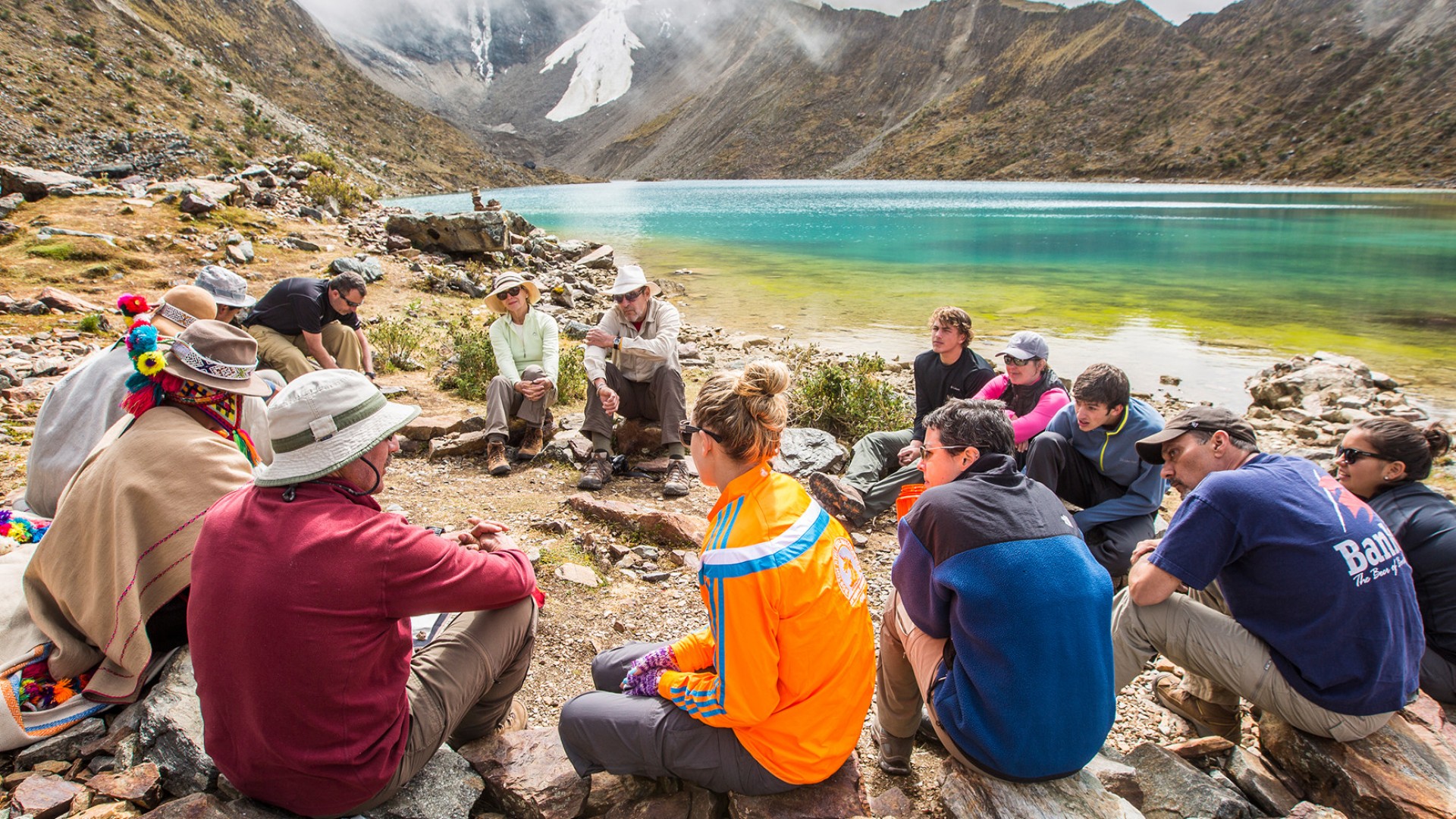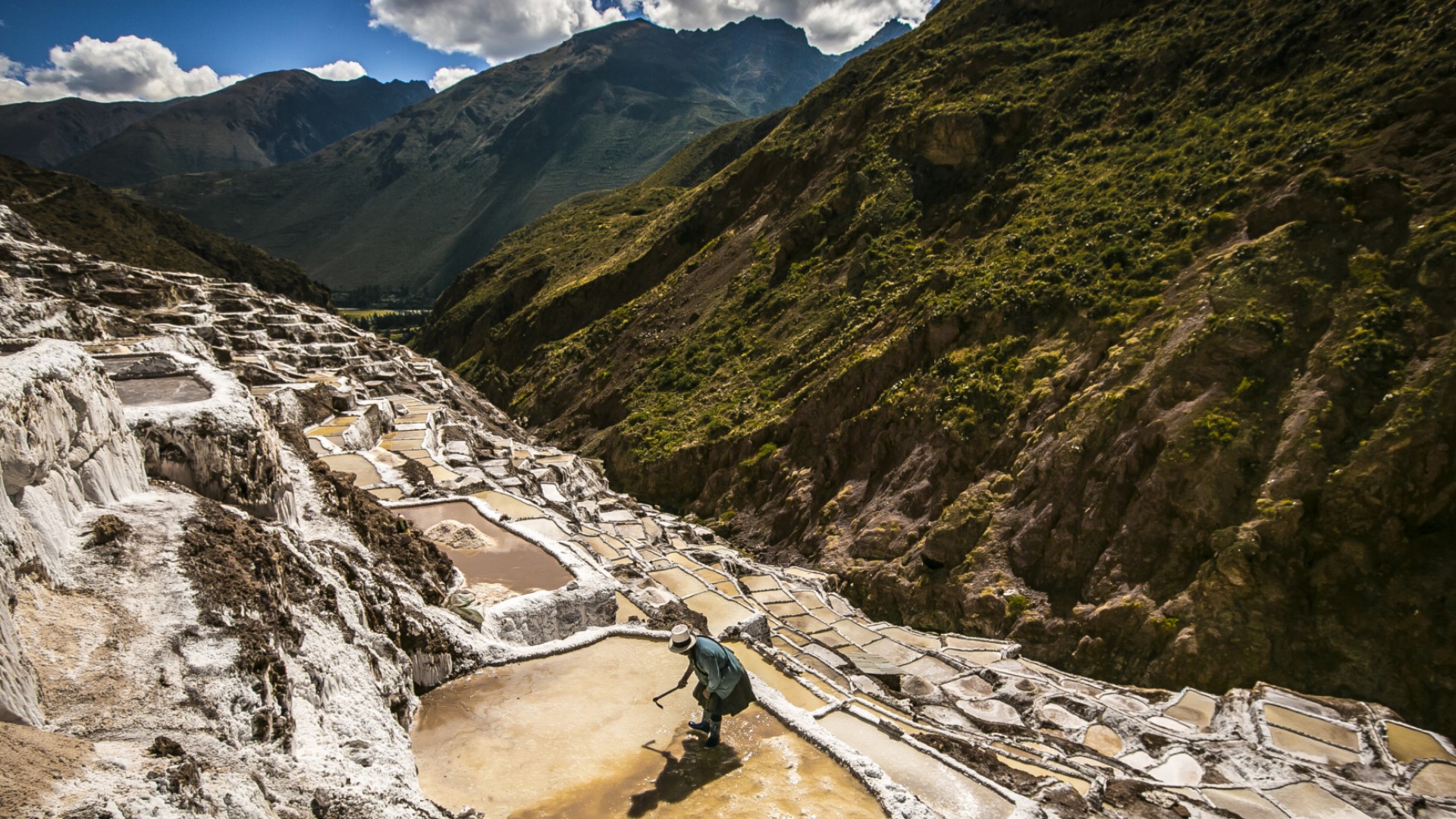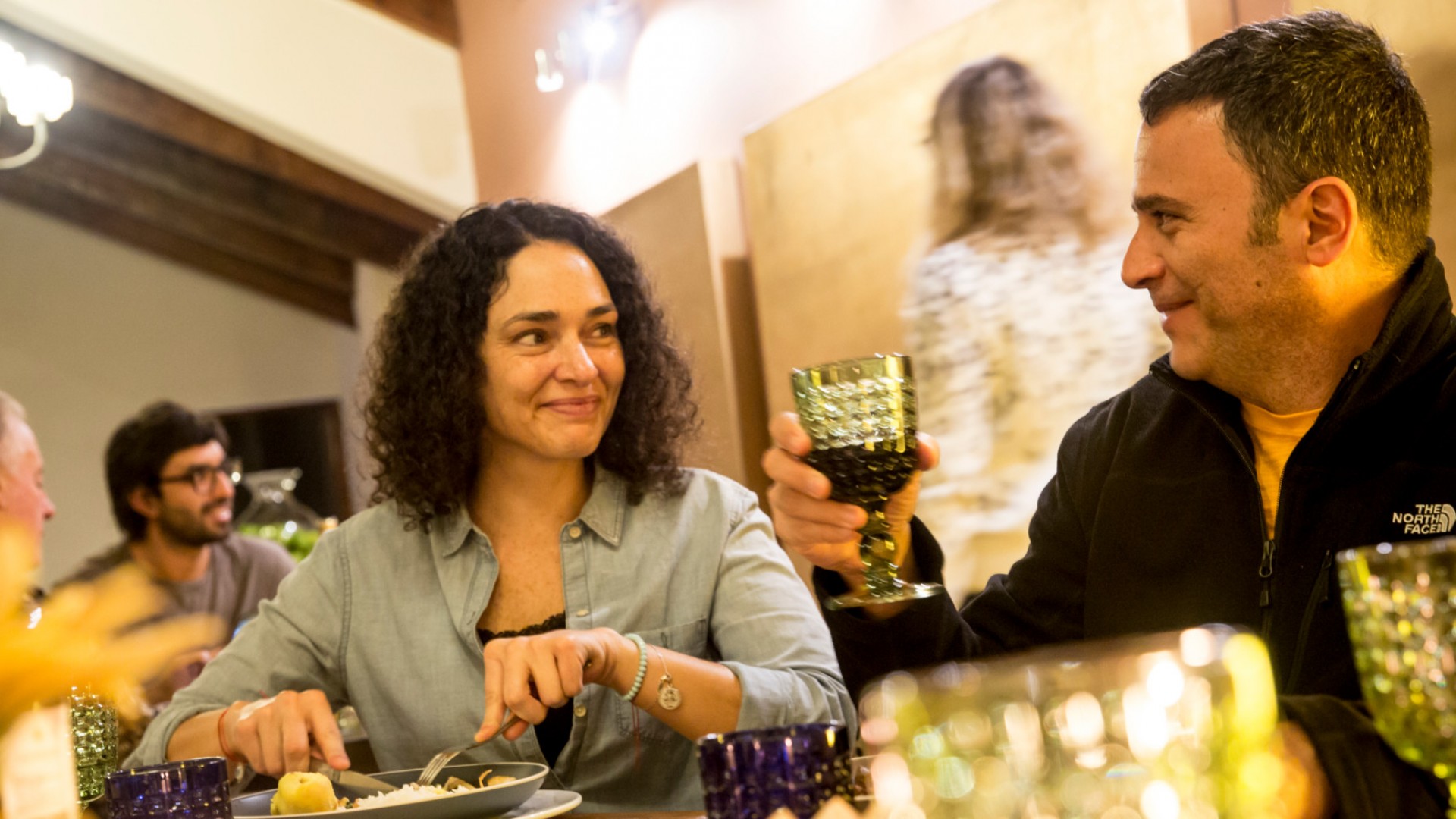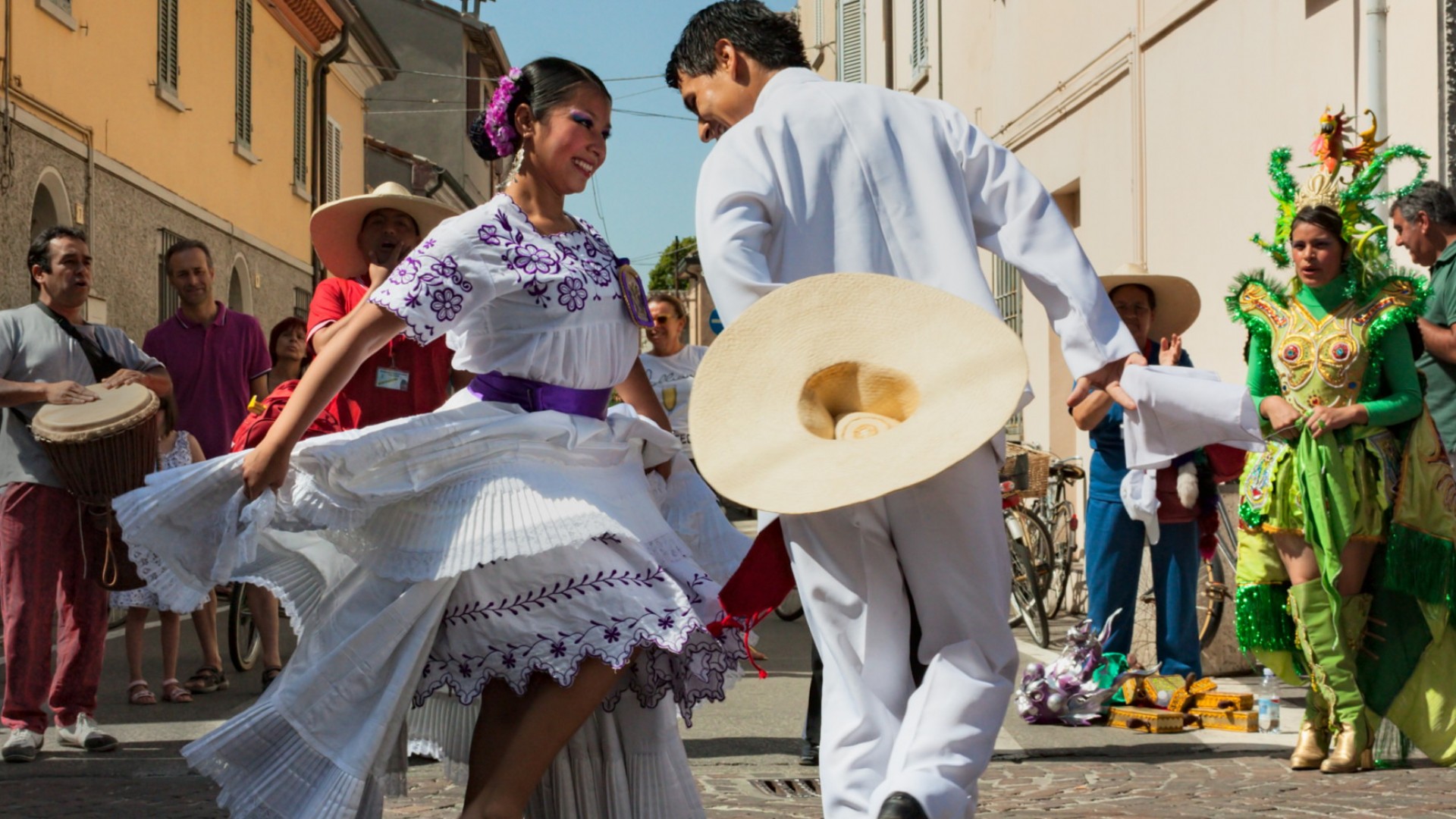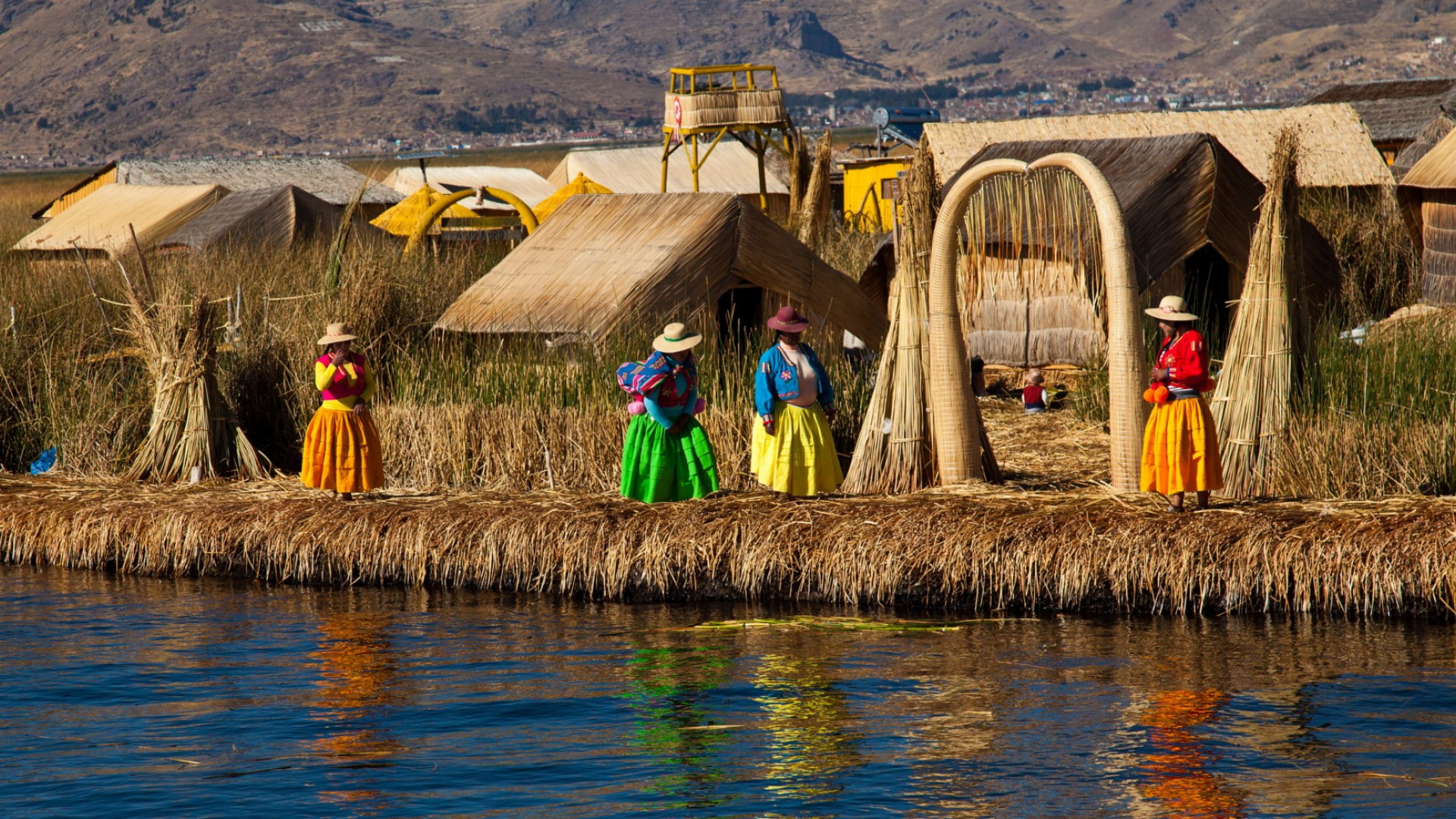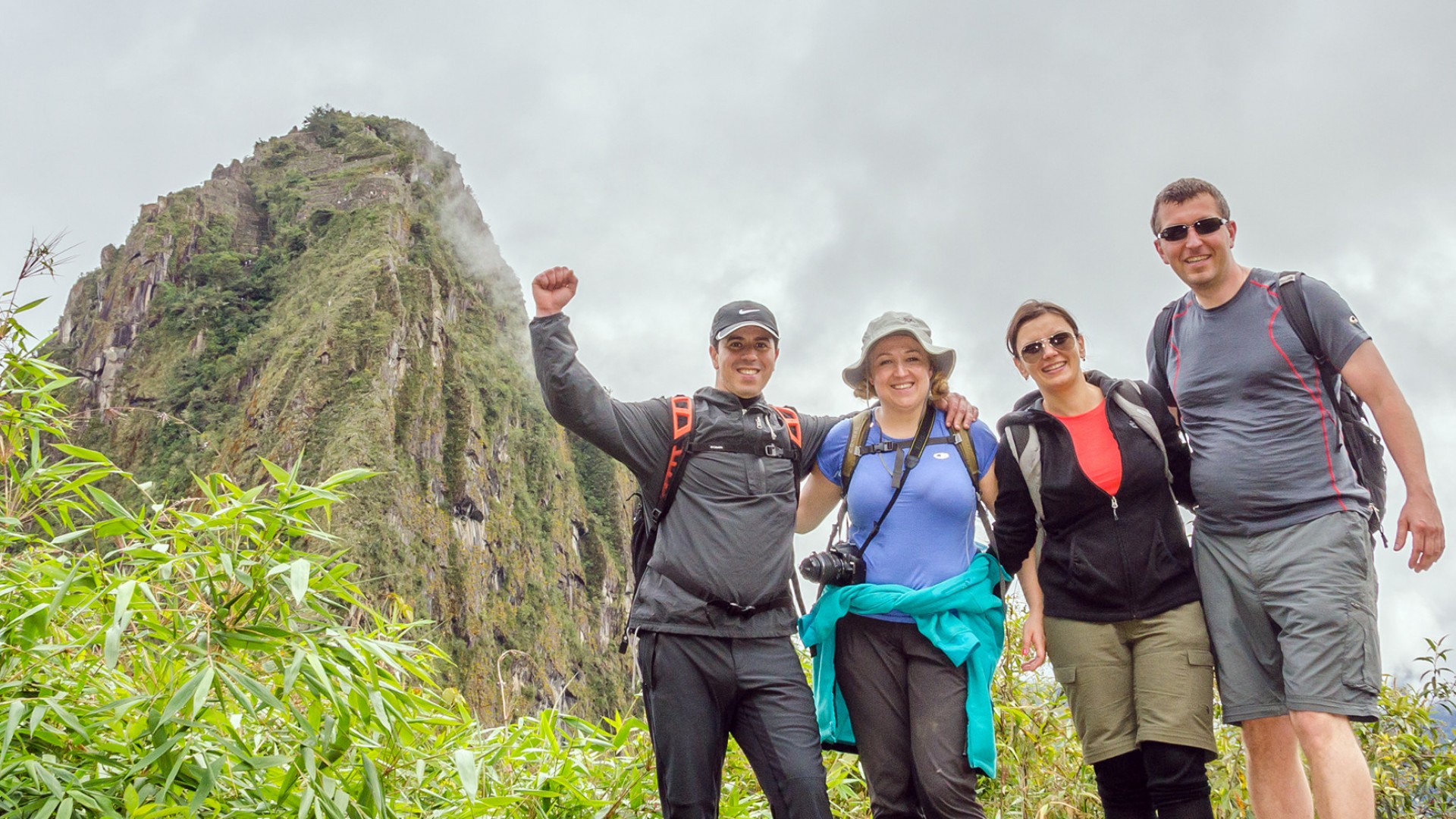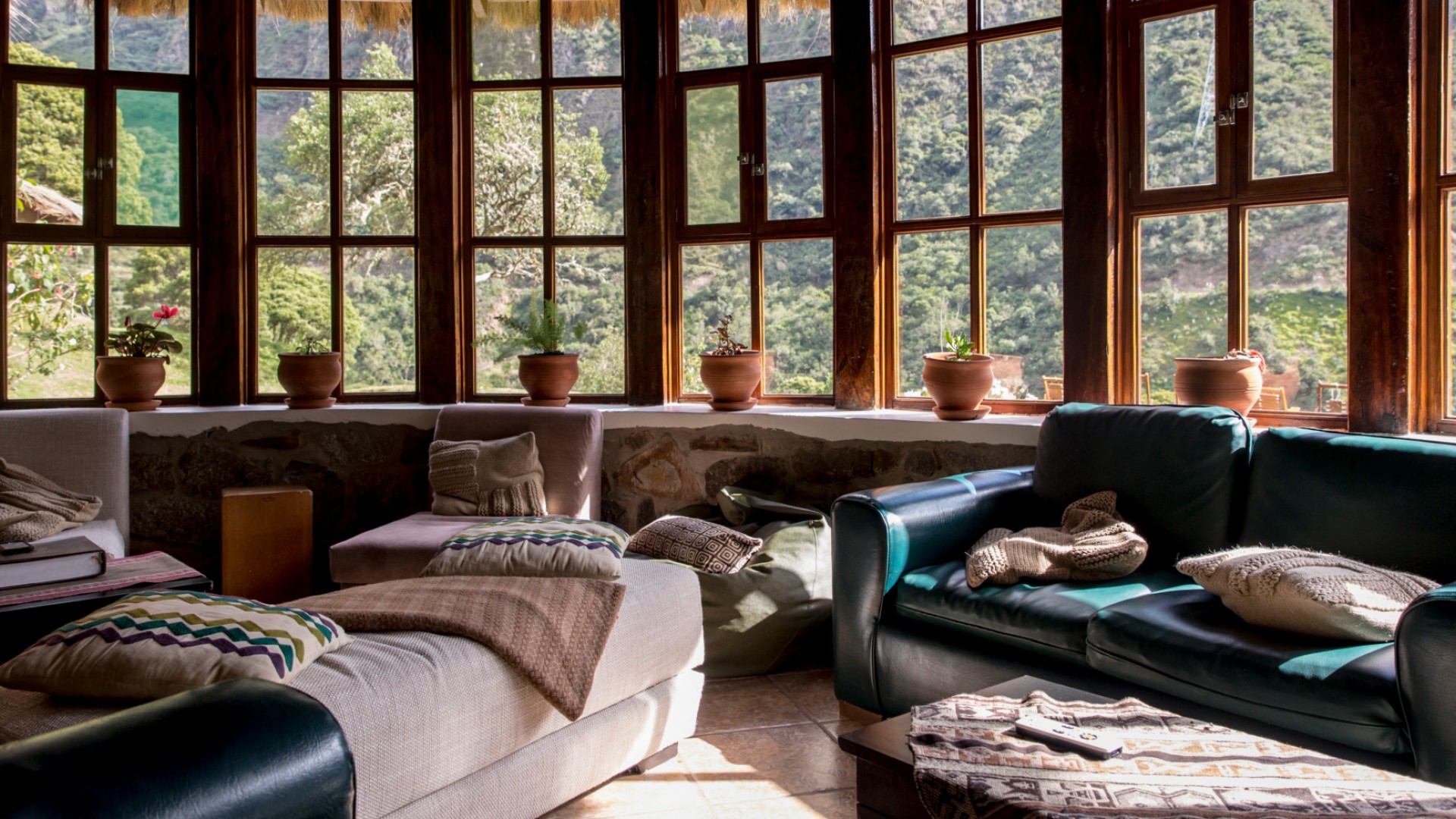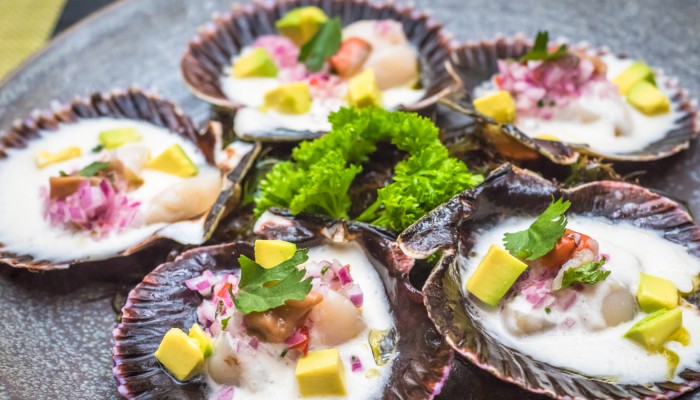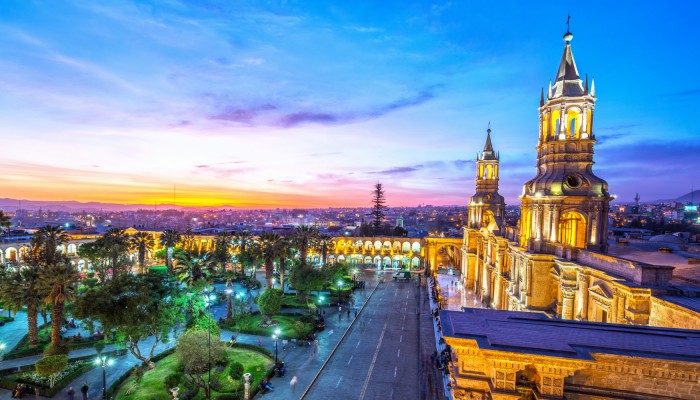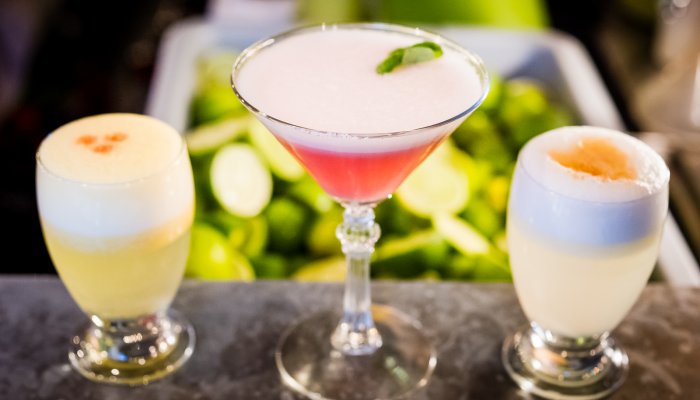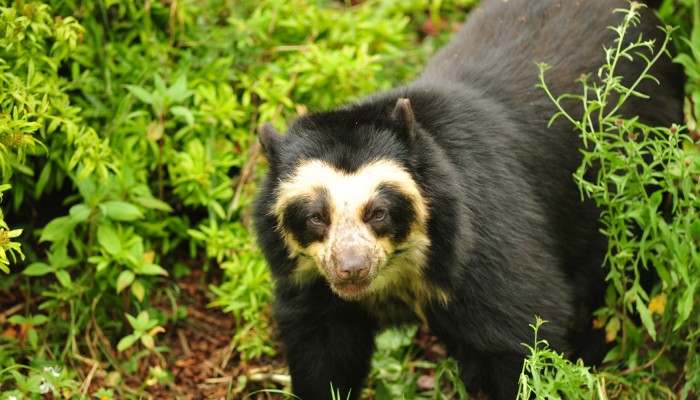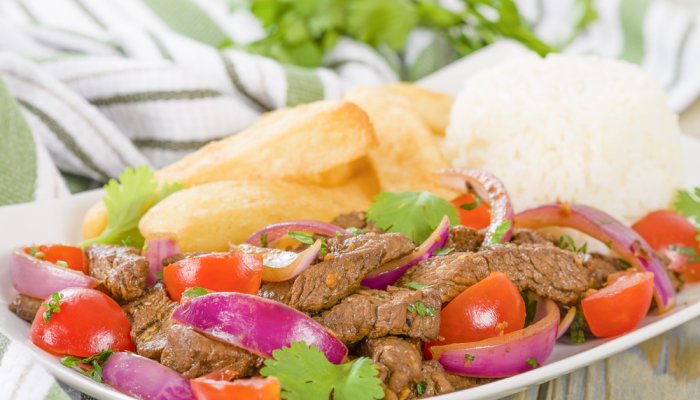Overview
Few places on earth are mystical as Peru. With its Inca and pre-Inca archaeological remains hidden beneath misty Andean clouds, dramatic mountain views, and rolling countryside, it is a revered destination for the iconic Machu Picchu, Sacred Valley, and Lake Titicaca. However, we believe the true delight of Peru is its people and colorful culture that extends beyond the popular landmarks.
With Adventure Unbound, itineraries blend renowned archaeological, religious, and astronomical landmarks with a cultural people-to-people experience. We kayak to man-made islands on Lake Titicaca, taste authentic Peruvian cuisine, and trek the ancient steps of Machu Picchu. There are endless opportunities for cultural enlightenment and exploration by vehicle, train, bicycle, foot, and kayak off the tourist path in Peru, and Adventures Unbound will take you there!
Our Trips
Custom Tours in Peru
Image & Video Gallery
Country Guide
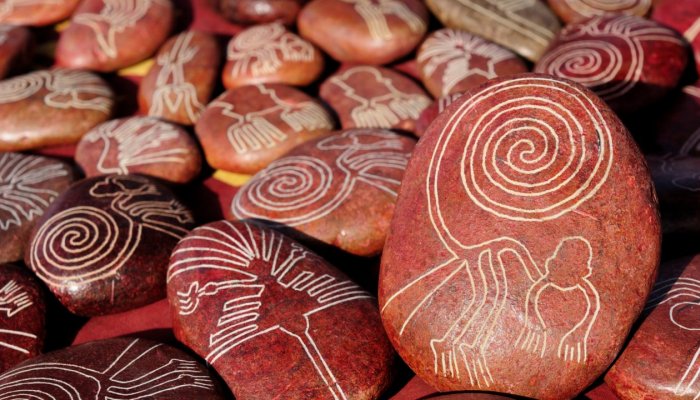
History
Pre-Columbian Cultures
Peru's Ancient Peoples
Peru boasts evidence of ancient groups of people dating back more than 11,000 years ago. Over the next 3000 years, it is thought that the people became more sedentary and established a farming lifestyle, with the start of the domestication of animals such as the ancestors of the llama, the alpaca, and the guinea pig. As they became sedentary, they built settlements, and new societies.
Ancient Cities and Cultures
The most ancient known city in the Americas is Caral located in the Supe Valley north of modern day Lima, and built around 2500 BC. It is thought to have accommodated over 3,000 people. All that remains of Caral are about 30 pyramidal structures built up in receding terraces ending in a flat roof.
North of Lima in the Andes is the site Buena Vista. An observatory was discovered here that dates back 4,200 years. It is believed that it was related to the society’s reliance on agriculture and understanding of the seasons. The oldest three-dimensional sculptures in South America have been found here.
Many other civilizations such as the Paracas, the Moche and Nazca developed and were absorbed by larger, more powerful groups.
The Inca Empire
The Inca Empire grew out of a tribe originally based in Cusco. At its strongest, the empire stretched 2,500 miles from Quito, Ecuador, to beyond Santiago, Chile. It covered the rich coastal settlements, the high mountain valleys, the rain-drenched tropical forests and the driest deserts. There was an impressive transportation system in place, with roads to all points of the empire. It’s thought that the Inca controlled 10 million people who spoke a hundred different languages. It was the largest empire on earth at the time.
The Inca Empire collapsed after Spanish conquistadors killed the last Inca Emperor. The people of the Andes showed allegiance to a new Christian god and adapted as they had for thousands of years. The most well-known, pre-Columbian Inca ruin is Machu Picchu. It’s located 7,711 feet above sea level, on a high mountain ridge about 44 miles northwest of Cusco.
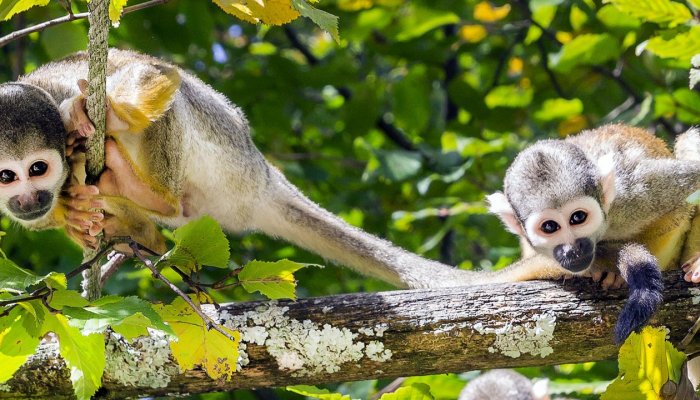
Wildlife of Peru
Birds
Peru is home to more than 1,800 bird species. 120 of these species are found nowhere else in the world. Some of the most emblematic being the Andean Cock of the Rock, the Andean Condor, the Harpy Eagle, the Macaw, the Blue-Footed Booby and the Toucan.
Fish
Peru’s coastal belt is huge for commercial deep-sea fishing. Peruvian waters normally abound with marketable fish like bonito, mackerel, drum, sea bass, tuna, swordfish, snchoveta, herring, shad, skipjack, yellowfin, pompano, and shark.
More than 50 species are caught commercially. The Peruvian coast has over 40 fishing ports. Paita and Callao are the two most major ports. The fishing industry in Peru is among the
largest in the world. Peru also has excellent fresh water fishing. Over 20 different species will take a fly or lure on any given day.
Try your hand at fishing for these tropical fish on a Peruvian adventure tour.
Mammals
In Peru, the geography is so diverse, spanning from the Pacific Ocean to the Rainforest. Animals have adapted to the wide range of different altitudes and climates in order to survive in this environment. Home to more than 500 species of mammals, Peru has 70 endemic and close to 100 threatened, vulnerable or endangered species. Scope the many landscapes of Peru with the whole family in seach of its vast wildlife on our Peru Family Magic Tour.
Reptiles
Peru has around 300 species of reptiles of which around 100 are endemic. Peru's reptile fauna includes spectacular species like giant anacondas and caimans, as well as many other snakes, lizards and turtles. Raft through the Apurimac Canyon in hopes of catching a glimpse of some of Peru's iconic reptiles on our Peru Tour.
Marine Life
The Peruvian sea is inhabited by 33 species of marine mammals who live in different areas along the coast. Try and spot a sea lion on one of our many active tours in Peru.
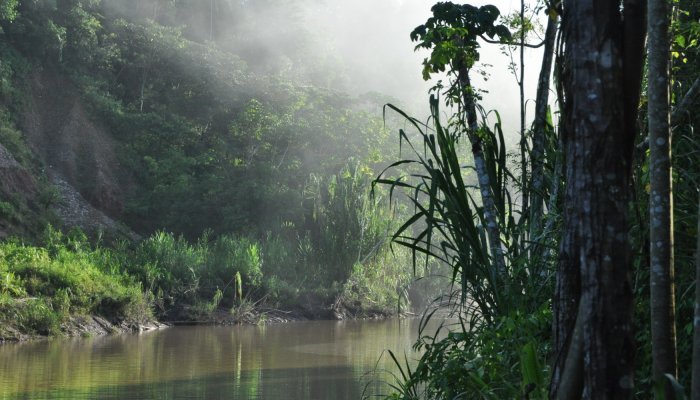
Flora
The coast of Peru is usually barren apart from some cacti. In the highlands above the tree-line are found bushes, cactus, and drought resistant plants extend up the zone of snow-capped mountains. The very wet Amazon Rainforest has a wide variety of strange canopy plants and palm trees. On the lower slopes of the Andes are found moss, orchids, and bromeliads.
Bike, raft, and hike through the magnificent flora of Peru on our Peru Multisport Adventure.
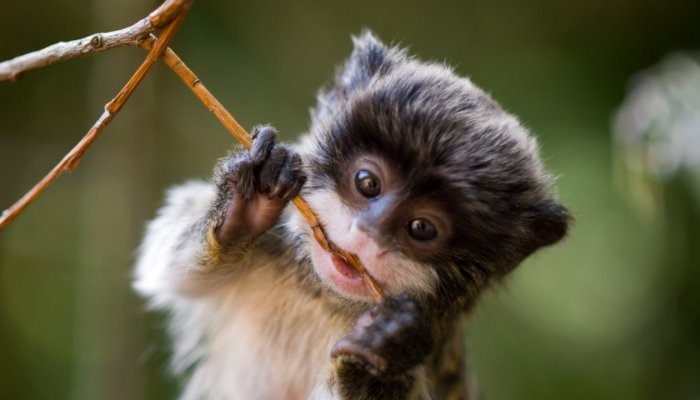
Conservation
Peru has several national parks which serve to protect the delicate ecosystem of the amazon rainforest.The latest national parks formed will protect over 3.3 million acres of Amazon rainforest in Peru and will protect wildlife and indigenous communities.
Peru’s conservation efforts also include restrictions on commercial fishing to prevent the collapse of an important global fishery. The government has decreed a large strip of Peru's coastal waters off limits to industrial fishing in a bid to ensure future generations of anchovy, which reproduce and spawn in shallow waters.
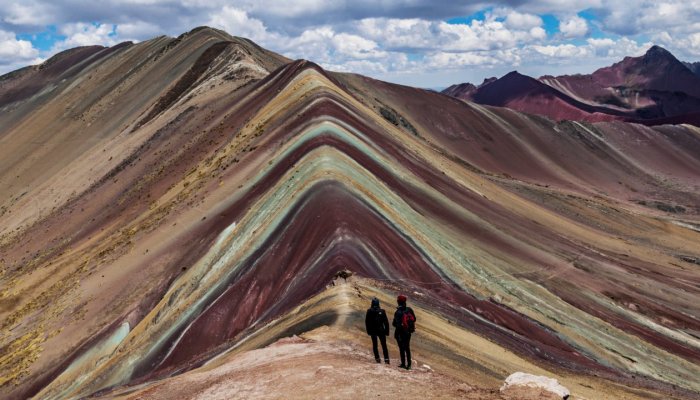
Geology
Volcanism and the Andes
The Andes are a major geologic feature of Peru. They were formed from a couple of tectonic events. Volcanism started in the Triassic period and the back-arc basin development in the late Jurassic period. Deformation and closure of the back-arc basin began in the Jurassic period and extended from both extremes toward the center. The youngest deformation is observed in the central Chile-Argentina segment, while older sections are found toward the northern and southern ends of the Andes.
Fuel your knowledge of geology by embarking on a Peruvian adventure
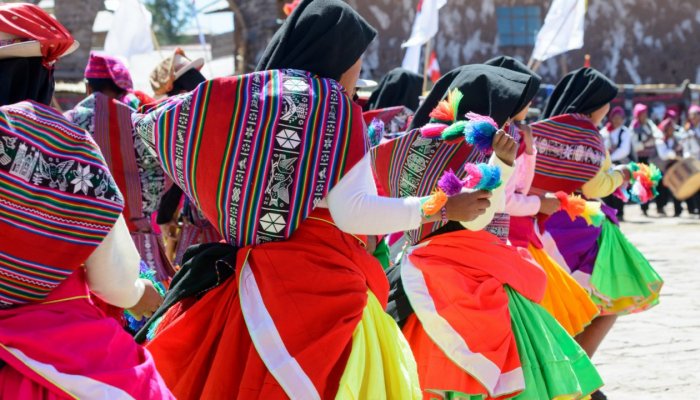
Culture
Peru’s culture is a mix of several different peoples and customs. There are beliefs that have carried over from the native Incas and some that have seeped in from the Spanish conquistadors as well as other settlers. There is a real blend of cultural influence from immigrant groups like Africans, Japanese, Chinese, and Europeans. But all Peruvians agree on the basic importance of family and religion.
Food
Peruvian food is different in each region. What they eat depends on where they live.
The coastal cuisine is based on seafood. Amazonian cuisine relies heavily on the fish available in rivers as well as an abundance of tropical fruits. Andean cuisine is based on meat and potatoes.
Fine Arts
Art in Peru has been a defining part of the culture for thousands of years. Many forms of art dates clear back to pre-Inca times. Today, craftsmen still continue many of these ancient traditions. It’s not hard to find modern craftsmen that still spin cotton, llama, alpaca, and sheep wool into yarn.
Music and Dance
Andean music is famous for the sweet sounds of flutes and panpipes. The Spaniards introduced string instruments such as the charango. Harps and violins complement the sounds of native drums, brass, and wind instruments creating a sound that is uniquely Peruvian. Andean people have at least 300 different dances, but the most popular is the huayno which is danced with vigorous stomping of feet and very colorful costumes.
Religion
In every city in Peru, where there is a plaza, there is a church. Christianity was brought to Peru 500 years ago and today more than 90% of the population consider themselves Catholic.
Education
Children begin preschool when they are 5 years old. There are 6 grades in primary school and 5 grades in secondary school. After that they can choose to go to university or learn job skills at a technical school. Public school is free in Peru but not all attend or those who attend drop out early.

Geography
Peru is located in the west of South America. It shares borders with Ecuador, Colombia, Brazil, Bolivia, and Chile. It is the third largest country in South America and one of the 20 largest countries in the world. The Andes run the full length of the country, rising to almost 23,000 feet. The mountains separate the arid coastal strip from the lush Amazon rainforest. This provides a diverse range of travel experiences.
Ecological & Regional Zones
The coast runs alongside the Pacific Ocean. Fertile valleys spring from the rivers that flow down from the Andes. The coast has a warm climate, without extreme heat or cold. It has high humidity which can make it feel cold in the winter. In the summer temperatures reach 85°F.
In the mountainous region of Peru, the northern Andes are lower and more humid than the rest, while the central Andes are the tallest and steepest. The southern Andes are wider, and are also known as the altiplano. There are two seasons: summer (April to October) with sunny days, cold nights and little rain. This is the perfect time to visit. And winter (November to March) is when it rains heavily.
The jungle region is located in the east. This is a vast region of plains covered by vegetation in the Amazon River basin. It is Peru’s largest region and is characterized by its cloud forests and lowland jungle. It has two distinct seasons: from November to March it rains frequently, while from April to October it is fairly dry, making this the ideal time to visit as the rivers subside and the roads are easily accessible. There is high humidity all year round.
Travel Essentials
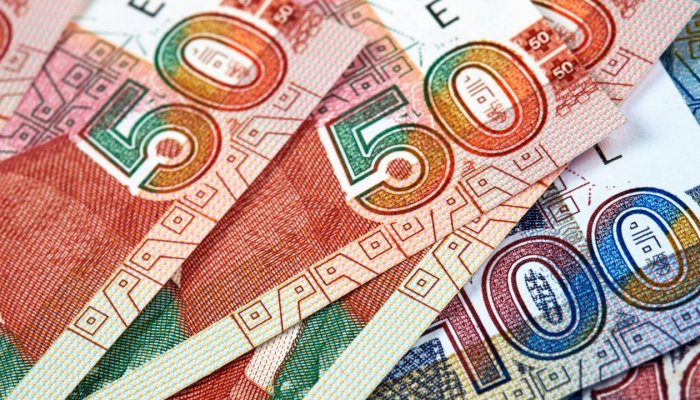
Money in Peru
Currency
Peru's currency is Nuevos Soles.
Ask for small bills (billetes pequeños) for easier change, and keep in mind that many Peruvians will not accept torn money.
Exchanging Money
Many places in Peru accept US dollars. If you want to exchange money, we recommand doing so in foreign exchange bureaux (Casas de cambio), as it is faster, more convenient and give better exchange rates than banks.
Credit Cards
In Peru shops occasionally refuse MasterCard of Visa even though they display signs advertising them. Watch out for credit card fraud; as a precaution, inform your bank about your upcoming Peruvian vacation and then use your card wisely.
Carrying Cash
Peruvians like their soles in small denominations. A fifty (roughly $20) is ok, but denominations of twenty and under are better to ensure merchants can make change.
They also put great stock in U.S. dollars, so even if you see an establishment doesn’t take credit cards and you don’t see an ATM, you may still be able to buy dinner. Make sure your U.S. currency is in pristine shape as they will reject torn or overly worn bills.
Tipping Guides & Porters
Tipping depends on the quality of the service provided. As a good guide the tip should be around $10-20 a day for the guide and $5-10 for the porters. This is an average and is also per person.
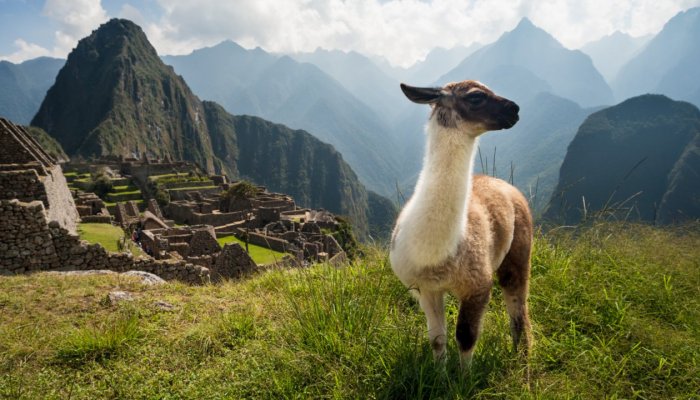
Health & Safety
Before You Go
Plan to visit a physician 4-8 weeks before your planned eparture. Ask your doctor for an International Certificate of Vaccination which lists your received vaccinations.
Vaccines
Based on the itinerary, travelers may be required to be vaccinated for yellow fever.
For travelers who plan to visit Peru's jungle regions, recommended vaccinations include many mosquito-borne infections, including: malaria, cholera, typhoid, and dengue fever.
The CDC and WHO also recommends travelers be vaccinated with: Routine Vaccinations, Hepatits A & B, and Rabies. For more information, visit the CDC's website.
Altitude Sickness
You have to handle heights if you’re going to Cusco, Machu Picchu, and other landmarks of Incan culture. To prepare is to drink lots of water and get plenty of sleep. You can also consume stimulating coca leafs in tea or by chewing them. Altitude sickness can strike anyone regardless of age or fitness level. We advise acclimatizing gently and gradually.
Bathrooms
Peruvian plumbing doesn’t handle toilet paper, so expect to see trashcans next to the toilet.
Trail Difficulty
The Inca Trail is genuinely difficult. It consists of stone stairs that feel quite high for average people. Depending on what guide service you have on the trail, there are some companies that will offer porters to carry your tent, sleeping bag, food, etc. Porters race ahead to the night’s camp and assemble everything before parties arrive.
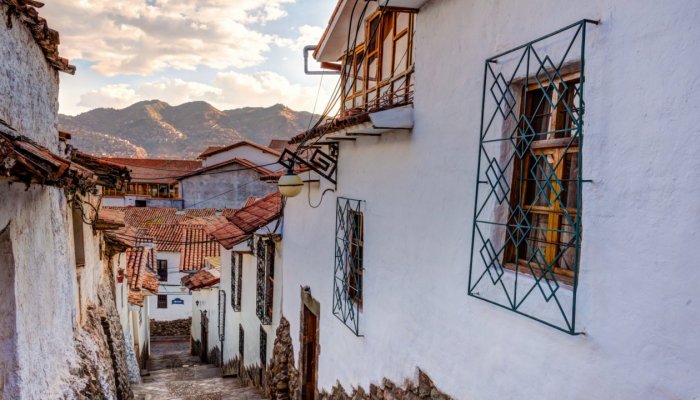
Entry Requirements
Passport
To enter Peru, travelers must have a valid passport and evidence of return or onward travel.
Travelers entering Peru on a U.S. passport receive a card and an entry stamp from Peruvian Immigration upon arrival stating the length of approved stay. Visit the Embassy of Peru website for the most current visa information.
Immunizations
Peru does not require any immunizations for entry, although it recommends vaccination against Yellow Fever.
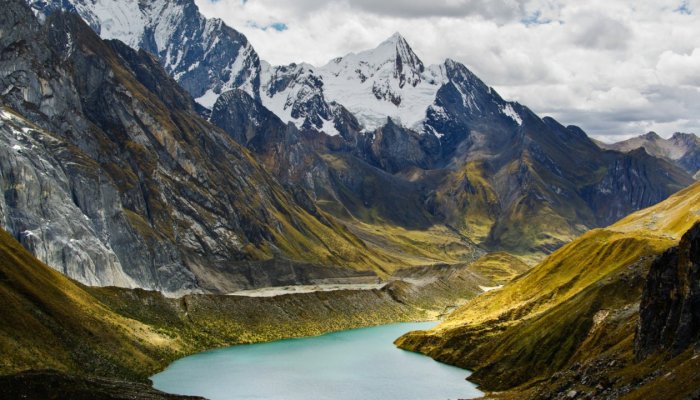
Internet & Phone Service
Phones
Public pay phones can occasionally be found still, mostly in small towns. Public pay phones accept coins or phone cards.
Cell Phones
Travelers can purchase or even rent cell phones and prepaid SIM cards in Lima and other larger cities. However, reception may be limited in remote areas.
Phone Cards
They are widely available with some cards specifically designed for international calls.
Internet
Wi-fi coverage is largely widespread throughout Peru. Hotels, hostels and ldoges often have wi-fi available and internet cafes can be found throughout most of Peru's cities. However, remote areas may have limited internet access.

Power
Peru operates at 220V/60Hz. Peru's standard outlets accept the Type C two round prong model, though some have dual-voltage outlets which take the Type A two flat prong model. It's helpful to travel with an adapter which comes with a built-in surge protector.
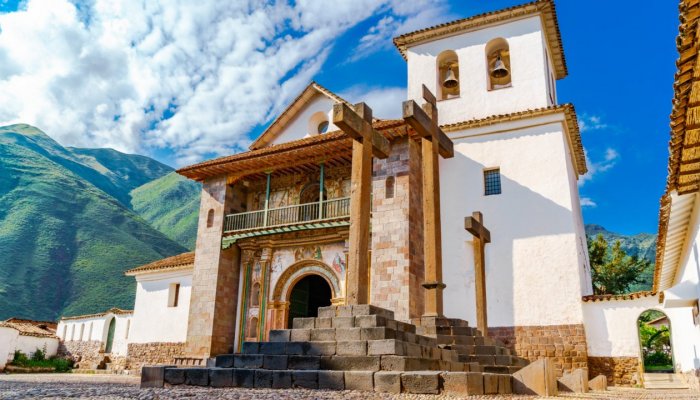
Getting There
Air Travel
Peru (mainly Lima) has direct flights to and from cities all over the Americas as well as continental Europe. Other locations require a connection. Cusco has the only other airport with international services.
The international departure tax is included in ticket costs.
Related Blogs
FAQ's
What immunizations are recommended or required for travel to Peru?
All travelers should be up to date on their routine vaccinations before visiting Peru, including measles, mumps, and rubella, diphtheria-tetanus-pertussis, chickenpox, polio, and influenza. It’s also recommended that you are immunized against hepatitis A and typhoid (both of which can be contracted by consuming contaminated food and/or water) and hepatitis B, which you can get through blood products, contaminated needles or sexual contact.
If you’re planning on doing activities or visiting areas that will expose you to dogs, bats, and other mammals, you may also want to get a vaccine against rabies. Yellow fever vaccinations are recommended for those traveling to areas lower in elevation than 2,300 meters, although not required if you’re just visiting Lima, Cusco, Machu Picchu, and the Inca Trail. Some areas of Peru under 2,000 meters in elevation are also at risk of malaria. We recommend discussing your health history and upcoming travel plans with your health care provider well before your trip.
Are there any special events or festivals to look forward to?
Like most in South America, Peruvians love any excuse for a celebration and the country enjoys a huge number of religious ceremonies, festivals and local events. Carnival time (generally late Feb.) is especially lively almost everywhere in the country, with fiestas held every Sunday. Tours to Machu Picchu during these requires a bit more planning in advance for airfare prices calendar of major public holidays & festivals:
February Carnival - Celebrated most of the month prior to Lent throughout the whole country.
March/April Easter (Holy Week) - Fantastic parades all over Peru. ROW Adventures like the one in Cusco!
June 24 Inti Raymi - Cusco's main Inca Festival of the Sun. A great time to tour the Inca Trail and Machu Picchu.
August 13 - 19 Arequipa Week - Parades, firework displays, plenty of folklore, dancing, and craft markets.
September End of the month Festival of Spring - Involves dancing, particularly the local Marinera dance.
October 18 - 28 Lord of Miracles - Festival featuring large and solemn processions.
Can I drink the water in Peru?
You should avoid drinking tap water in Peru as it’s not considered potable by the U.S. Department of State. You can either purchase bottled water (ensuring the seal is not broken) or use purification/sterilizing tablets by following the instructions. Many Peruvian restaurants will wash their ingredients in tap water, so you may want to avoid eating raw foods that you haven’t washed yourself. If you’re concerned about water contamination, don’t order drinks served with ice and always check if refrescos bought from street vendors are made using tap water before ordering.
What type of currency is used and are US dollars accepted?
The currency of Peru is the sol, which is divided into 100 centimos. At the time of writing, 1 USD was equal to around 3.5 Peruvian soles. There are banknotes for 10, 20, 50, 100, and 200 soles, as well as coins for 1, 5, 10, 20, and 50 céntimos and 1, 2, and 5 sols.
US dollars are widely accepted at many hotels and tourist-oriented businesses in Peru and you can also withdraw US dollars from some ATMs. But the sol is still the preferred method of payment at smaller stores and by street vendors, as well as at local restaurants/bars and on public transport.
What time zone is Peru in?
Peru has only one time zone - Peru Standard Time (GMT-5) and does not observe daylight savings. During the Peruvian winter, the time is the same as North American Central Time while in the Peruvian summer, it is the same as Eastern Time.
What is the official language of Peru?
Spanish is the official language of Peru and is spoken by around 84% of the population. It serves as the main language of the Peruvian government, the media, and the country’s education system, although there are some distinct regional variations in pronunciation.
Several indigenous languages are also recognized by the Constitution of Peru, including Quechua and Aymara. Quechua (the language of the Inca Empire) is the second-most common language and spoken by around 13% of the population, predominantly in the central and southern highlands. Aymara is the third-most widely spoken language in Peru, although only around 1.7% of the population speaks it. It is mainly confined to the southern part of the country along the border with Bolivia and along the shores of Lake Titicaca.
Do I need a visa or passport to travel to Peru?
Citizens of the United States, Canada, Europe, the United Kingdom, Australia, and New Zealand don’t require a tourist visa to enter Peru. You will, however, need a passport that’s valid for at least six months and has at least two free pages for entry and exit stamps. Citizens of some Central American and Asian countries, as well as South Africa are also exempt from needing a visa before arriving in Peru.
Most travelers are allowed to stay in Peru for up to 183 days on a tourist visa, although you should always check current requirements for citizens of your country while planning your trip.
Do I need Travel Insurance?
It’s not compulsory to have travel insurance when visiting Peru. However, we highly recommend that you do to cover the costs of any cancellations/delays, theft/loss, and medical expenses in case the unexpected happens. A comprehensive travel insurance policy will cover you for overseas medical and hospital expenses, as well as repatriation costs in case of an emergency. Always check what is covered by a travel insurance policy (and what’s not) before purchase, including any “known event” exemptions.
What is the best way to get around once I'm there?
Peru’s cities and towns are well-connected by a network of trains and buses that offer a cheap and relatively efficient way of getting around. Some of the train journeys are an experience in themselves, with highlights including the Central Railway from Lima to Huancayo and the Cusco-to-Machu Picchu line that winds its way through the spectacular Urubamba Valley.
In regions not served by trains, buses are the main means of getting around. They vary from rundown vehicles to luxurious fleets, depending on the routes and how much you’re willing to pay. You may also see colectivos (shared taxis), which connect along many of the popular bus routes and tend to be slightly faster, although more expensive. Several airlines offer domestic flight routes throughout Peru and this is the main means of reaching some destinations in the Amazon Jungle.
Taxis are an easy and convenient way of getting from A to B within cities or for short journeys. But it’s a good idea to agree on the price in advance, as few have meters. Mototaxis are common in many rural towns and are an affordable (although slightly uncomfortable) way to get around.
Boats are the main means of navigating the waters of Lake Titicaca and the waterways of the Amazon Jungle, with a cruise a highlight of any organized tour through these regions.
When are the best times to visit Peru?
With its diverse geography and climate zones, the best time to visit Peru depends on where you want to visit. The Andean highlands see heavy rains descend between December and March when trekking conditions can be muddy, and the Inca Trail closes altogether in February for maintenance. If you want to escape the crowds, avoid trekking between June and September when the trails are at their busiest.
The Amazon experiences heavy rainfall in the summer months (December to February) while the desert regions should be avoided during this period when temperatures soar. However, if you’re visiting Peru’s coastline, then the summer months are ideal, with warm temperatures and sunny skies that are perfect for being at the beach.
In general, there is no bad time to visit Peru! If you have specific questions or need help planning your journey our talented Adventure Consultants are standing by ready to help.
What kind of adapters will I need for my electronics?
Peru uses 220-volt, 60 cycle electricity, so be sure to pack a voltage converter if you are traveling with 110-volt devices. Plugs are typically the 2 pronged flat types used in the United States, although some establishments use the 2 rounded prongs instead.
How much should I tip in Peru?
Tipping is not a large part of Peruvian culture, particularly at local establishments. That being said, it is often expected at high-end hotels and tourist resorts. Some upscale restaurants will add a standard 10% to the bill while in mid-range restaurants, you may want to give your waiter a couple of soles as a “thank you” gesture. In high-end hotels, porters should be tipped 2 to 3 soles per bag while 15 to 30 soles per day is the standard tip for tour guides.
Is travel to Peru safe?
As one of South America’s most-visited destinations, Peru is a relatively safe country to visit. But like any destination, you should always be vigilant, particularly in big cities such as Lima, Arequipa, and Cusco where petty crime is not uncommon.
Travelers should also be careful traveling on intercity buses and in unlicensed taxis where instances of robbery and assault have been reported by tourists. Avoid flashing any expensive jewelry or electronics outside of tourist hotspots and always trek with an experienced and licensed guide. Many of the dangers of visiting Peru can be avoided by traveling with a reputable tour company and by checking any current travel warnings issued by your government prior to leaving home.
Are there cultural sensitivities I should be aware of?
With around 80% of the country practicing Catholics, modesty is expected in Peru and most people cover their bodies when out in public. Even in the hot, summer months, you should avoid wearing particularly revealing clothing if you don’t want to draw unwanted attention to yourself.
Peruvians will usually kiss on the cheek when greeting one another and don’t be taken aback if they stand closer to you than you are accustomed to. To help break down barriers with the locals, it’s a good idea to learn a few basic Spanish phrases, even if it’s just “hello” and “how are you?” One thing to avoid is gesturing at someone with a fist and moving a finger to beckon them over, with this considered quite rude in Peru.
What is the food like? Are there any special dishes or local delicacies I should try?
Peru’s diversity of landscapes, climates, and colonial history has resulted in a unique cuisine that is a highlight of any visit. Meat is usually a big part of any meal, with a few animals like guinea pig and alpaca that you might not have tried before. Dishes not to miss include cau-cau - beef stomach served in a yellow sauce with potatoes - and aji de gallina - a creamy chicken dish.
Along the coastline and in some parts of the jungle you’ll find plenty of fish, with a highlight being ceviche, a dish of raw fish marinated in lime juice that differs slightly from region to region. Eating vegetarian and/or vegan in Peru can be more difficult, although you will find meat-free restaurants in most of the country’s major cities.
Peru is also famed for its pisco sour, a unique alcoholic drink that makes for an ideal sundowner and features lemon juice, syrup, and egg whites. For something non-alcoholic, you can’t go past coca tea, which is made from the leaves of the coca plant, as well as Peru’s version of Coca Cola - the bright yellow-colored Inca Kola!
For more infomraiton and ideas, see our blog, Peruvian Culinary Tour - 11 Must Try Dishes!
Do I need to be concerned about altitude sickness?
Altitude sickness is a concern for many travelers visiting Peru, particularly when you consider that Cusco, Puno and Lake Titicaca are all above 8,200 feet/2,500 meters in elevation (the height at which altitude sickness often occurs). While our bodies are capable of adjusting to high elevations, it takes time. If you ascend too fast, you may experience symptoms that include headaches, dizziness, nausea, fatigue, loss of appetite, sleeplessness, and shortness of breath. Altitude sickness can affect anyone, no matter their age or fitness level, although those with heart and lung conditions, diabetes, asthma, chronic obstructive pulmonary disease, epilepsy, or sickle cell disease may be more susceptible.
To avoid getting altitude sickness, it’s recommended that you don’t ascend more than 1,000 feet/300 meters a day. You should also avoid drinking alcohol when staying at high altitude destinations and stay hydrated by drinking plenty of water. Coca is a natural remedy for altitude sickness in Peru, with its leaves transformed into a delicious tea. Alternatively, you can find oxishots (small portable plastic cans filled with concentrated oxygen) in both Cusco and Aguas Calientes, the gateway to Machu Picchu.
Do I need a permit to visit Machu Picchu?
Yes, you need a permit to visit Machu Picchu, which can be purchased from the Dirección Desconcentrada de Cultura Cusco website. If you’re traveling as part of a tour, your permit will probably be secured for you ahead of time and just needs to be presented (along with your passport) at the entrance gates. Only a certain number of permits are issued each day (and numbers are set to change due to overcrowding) and you must be accompanied by an official tour guide.


